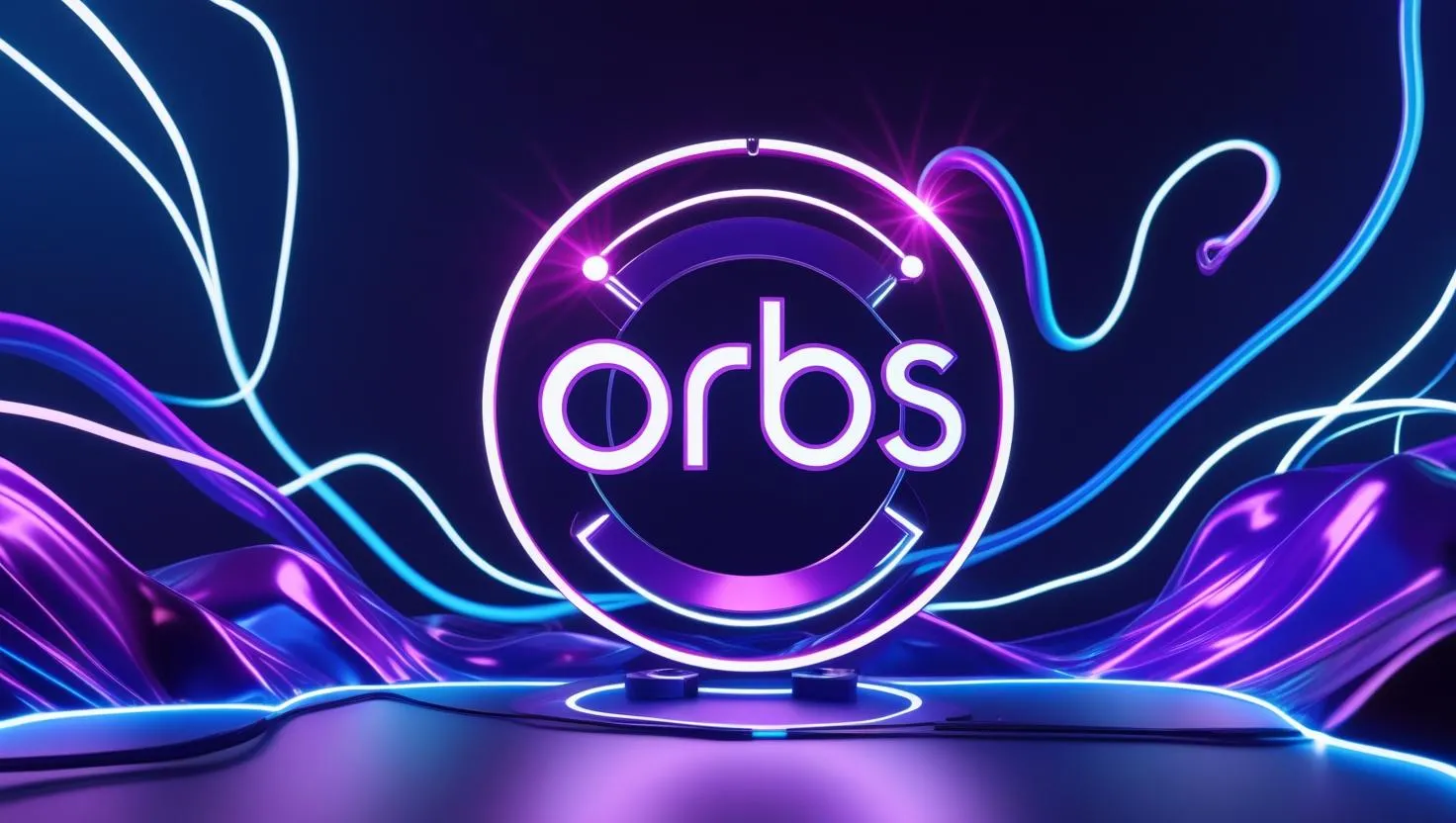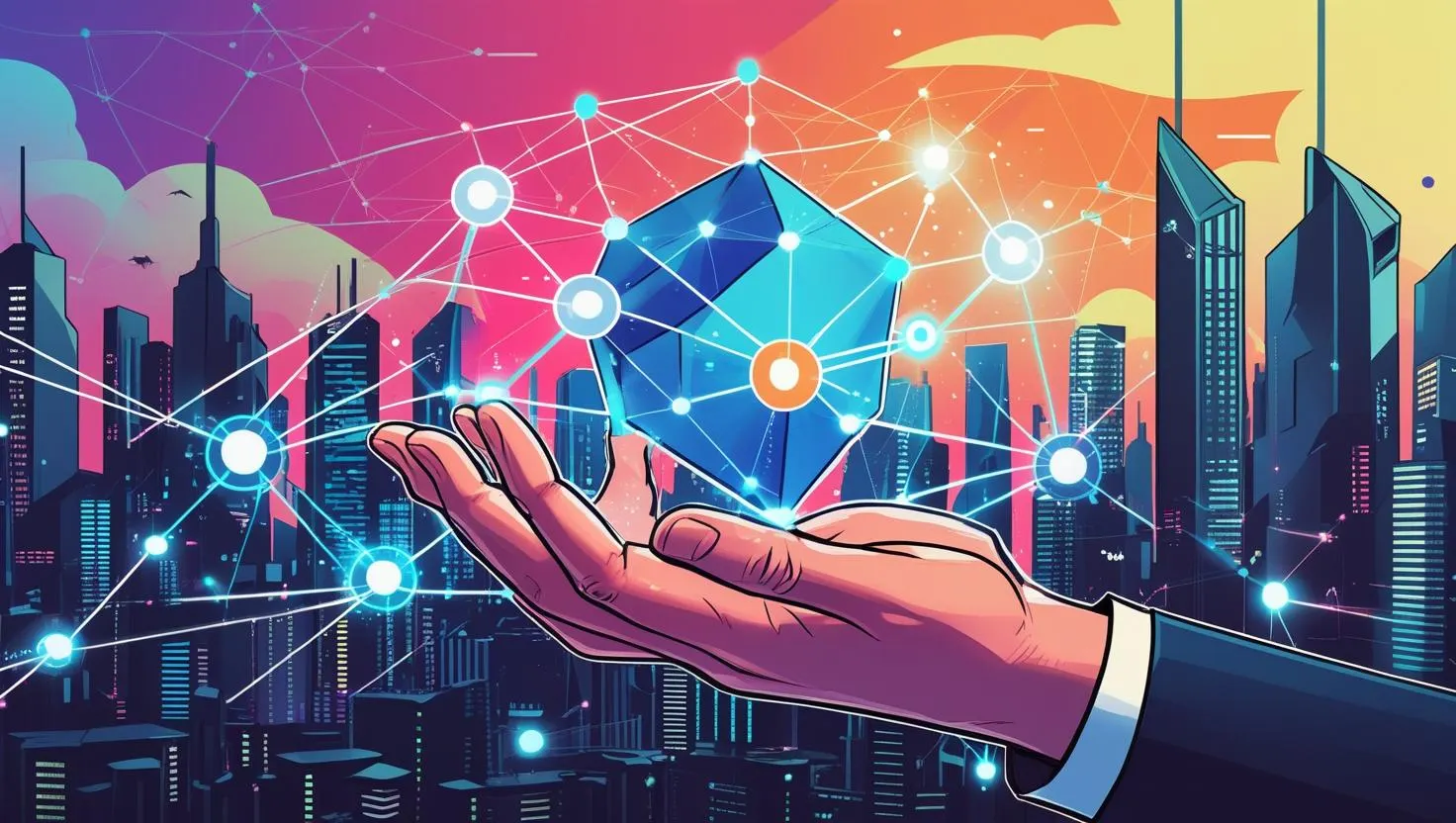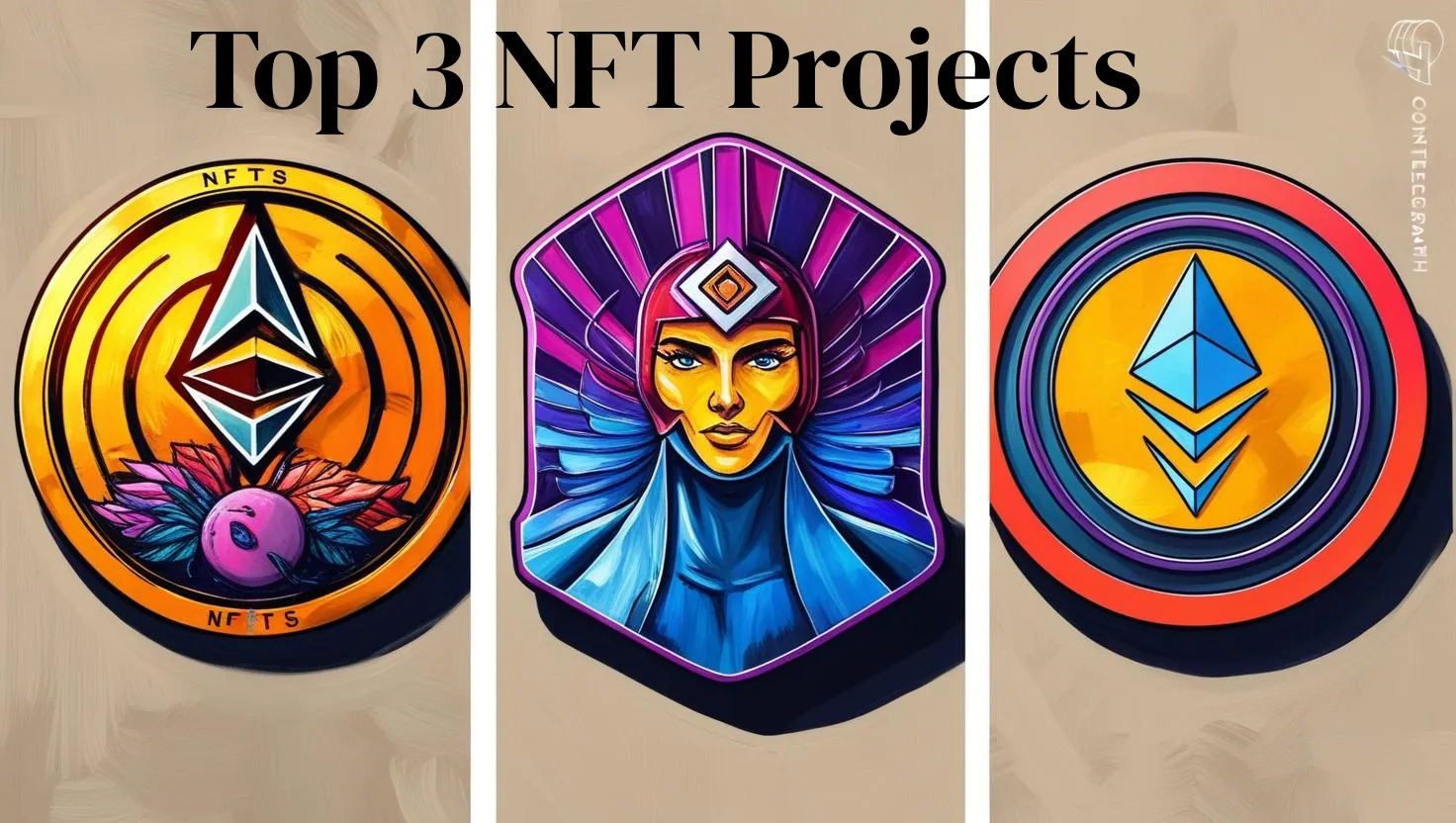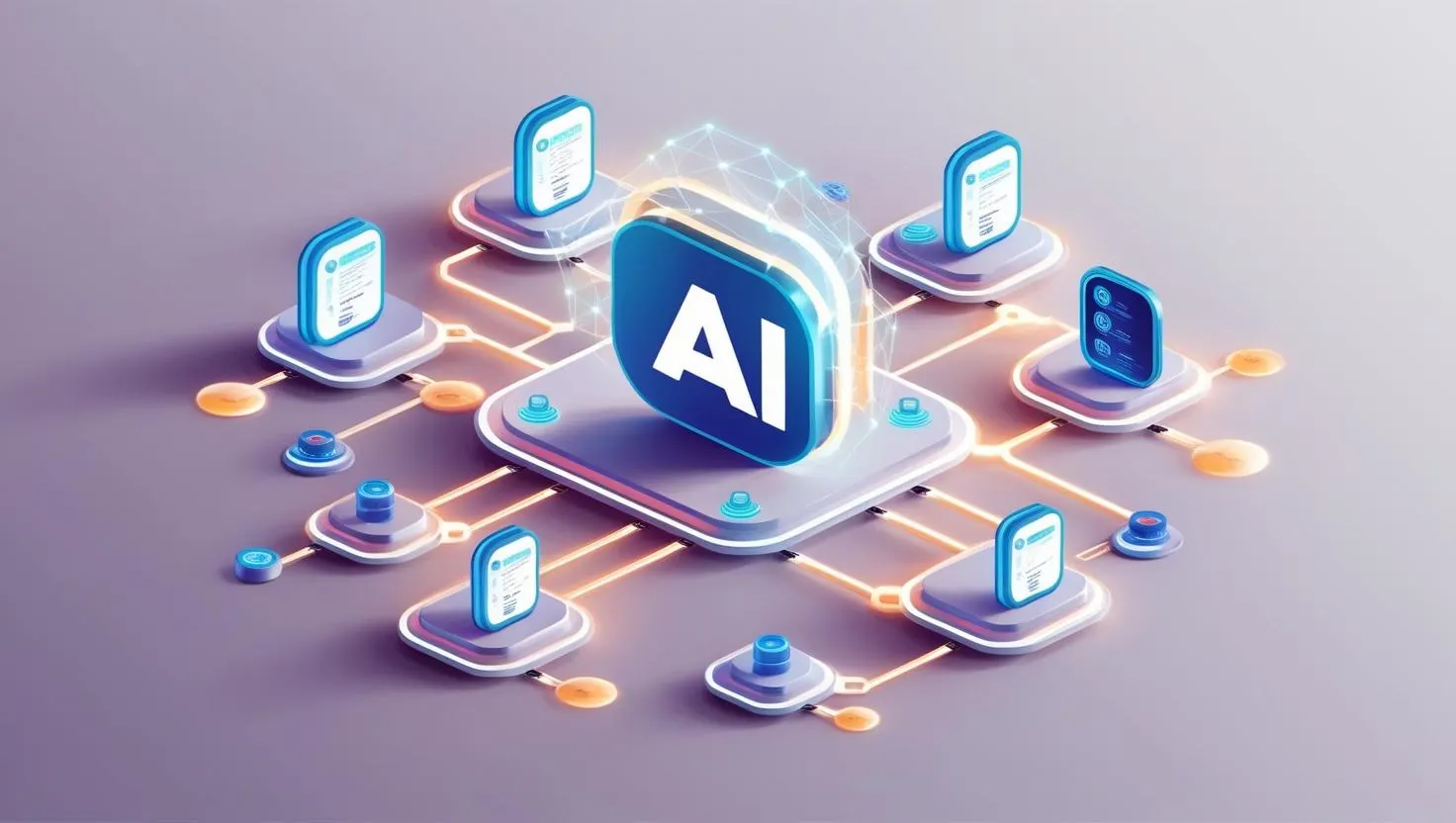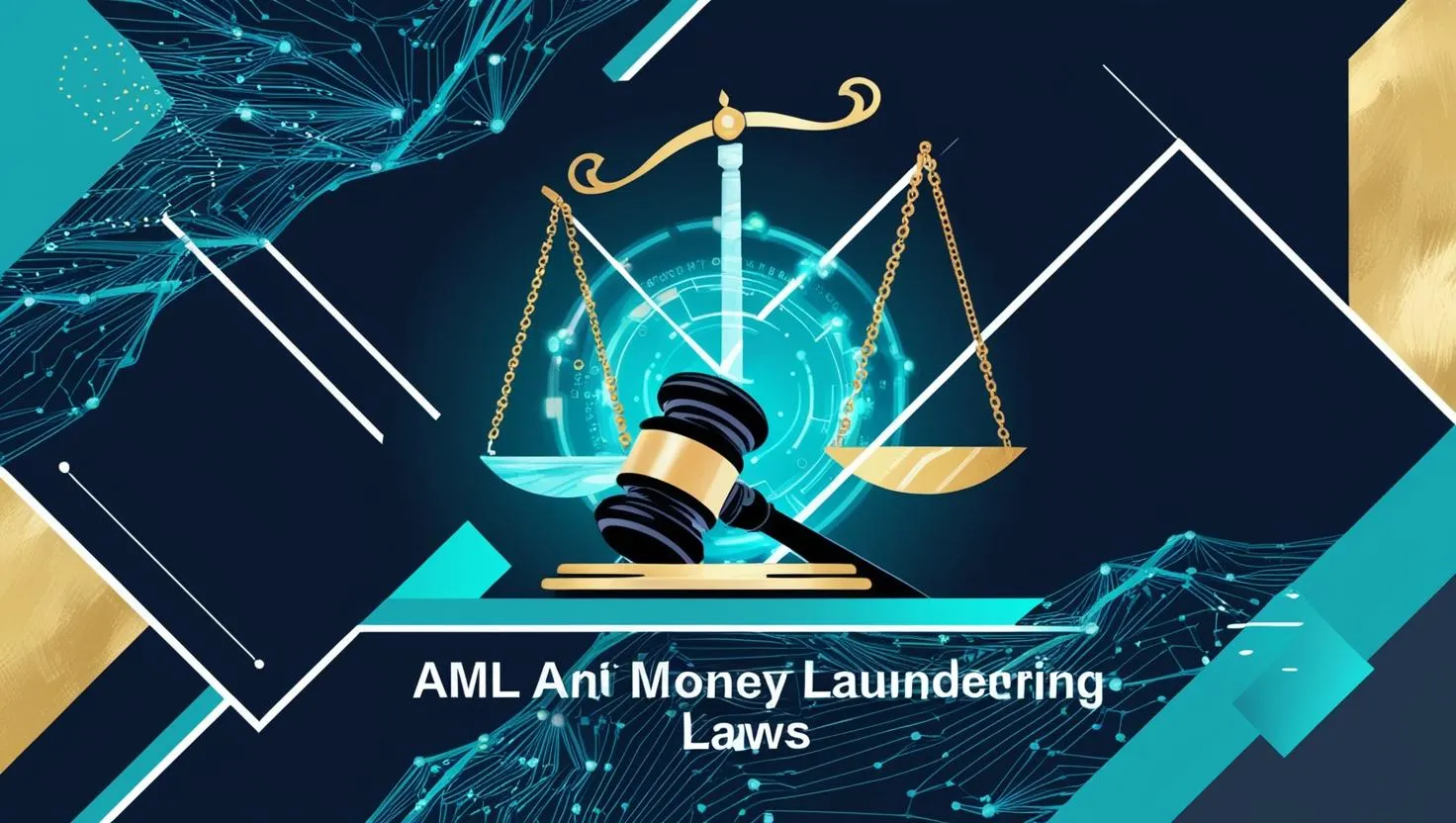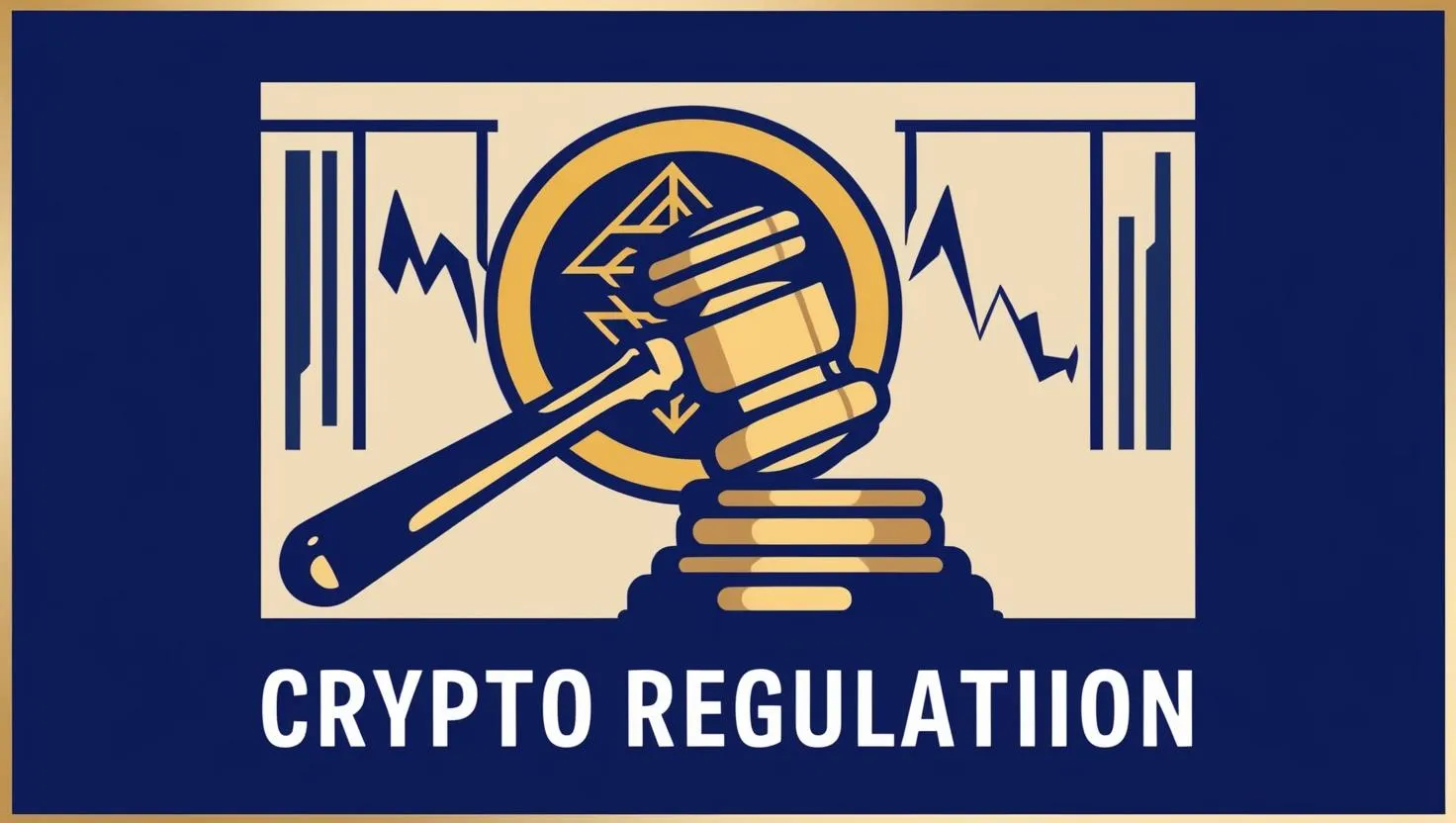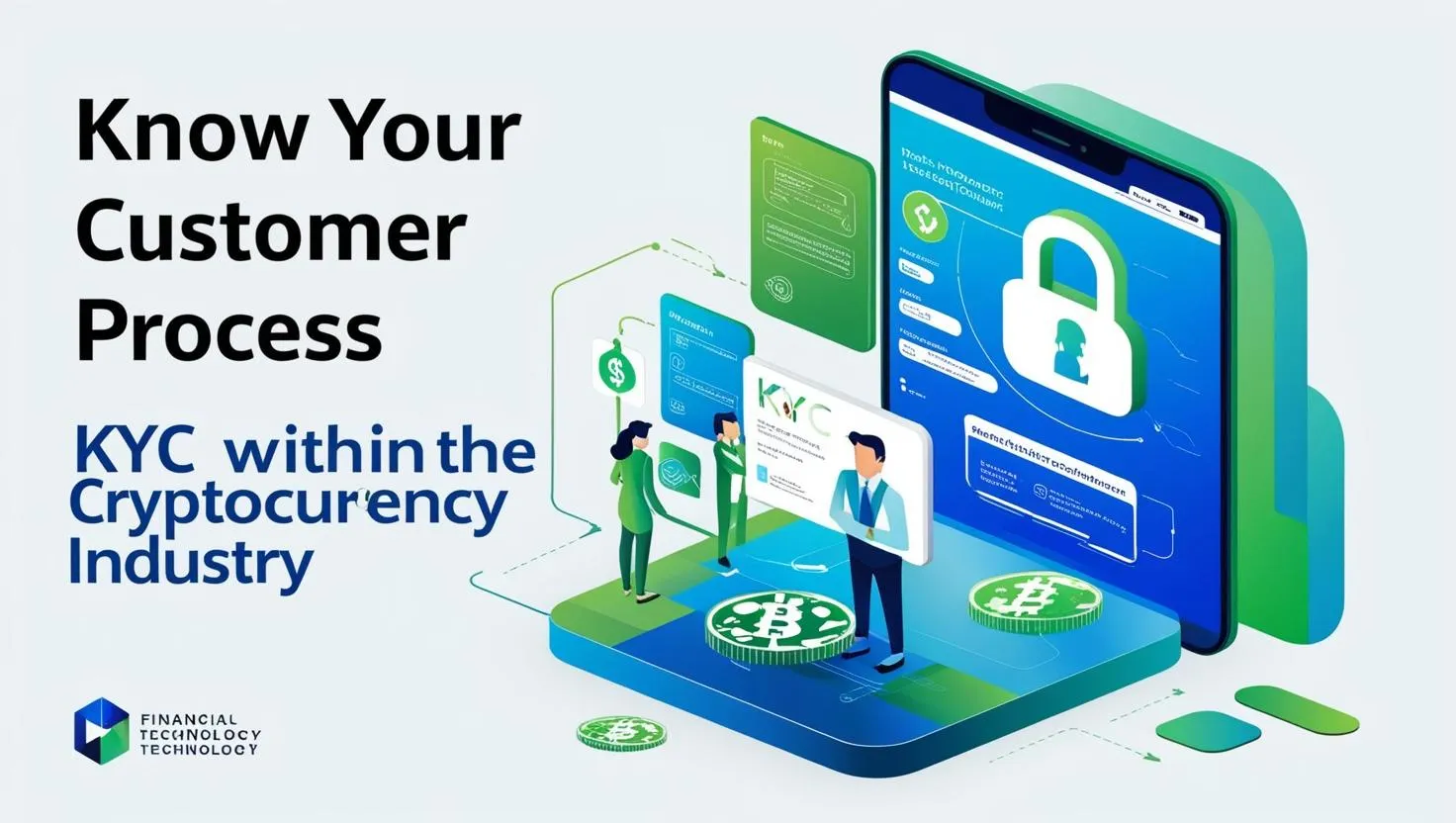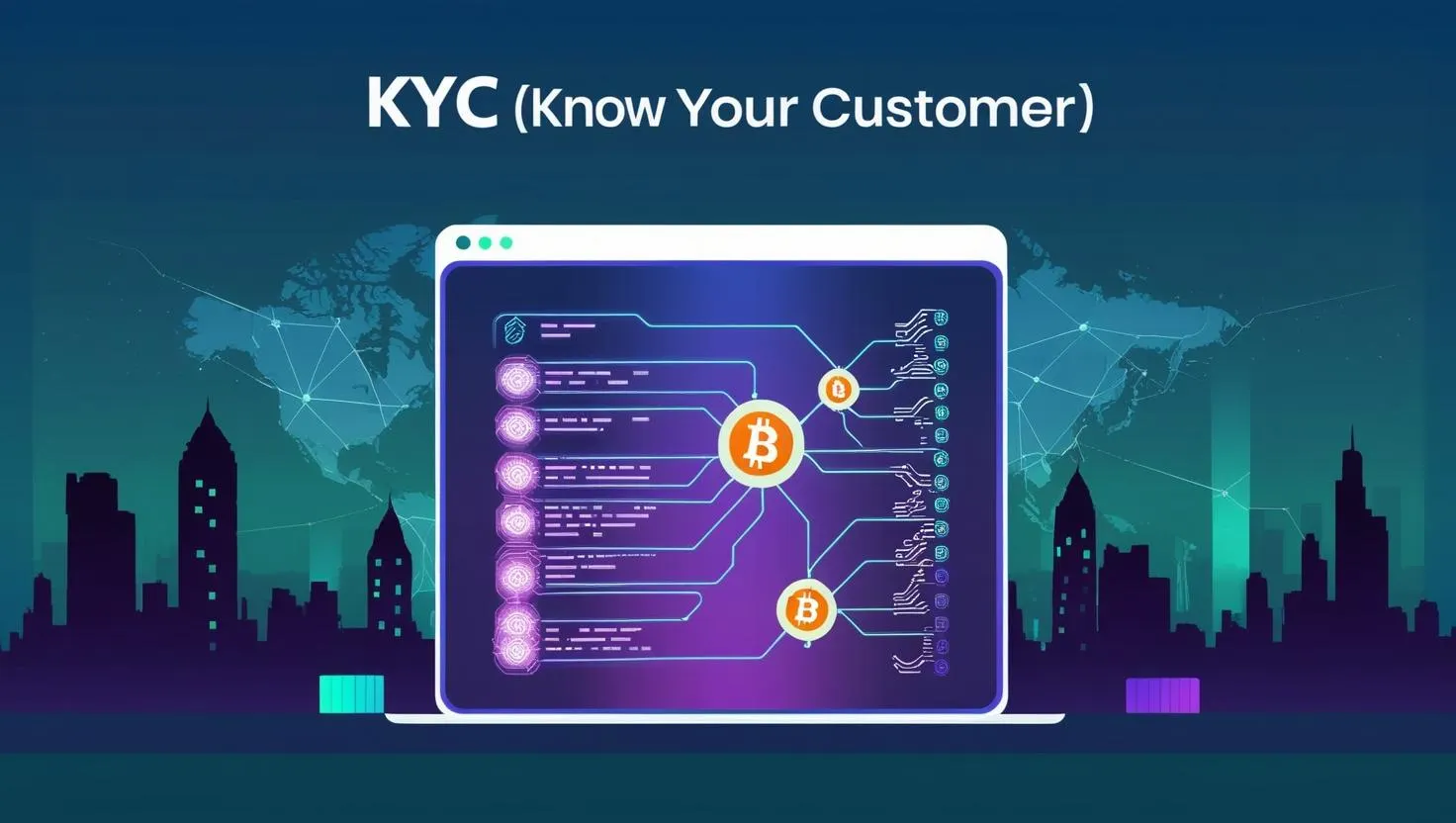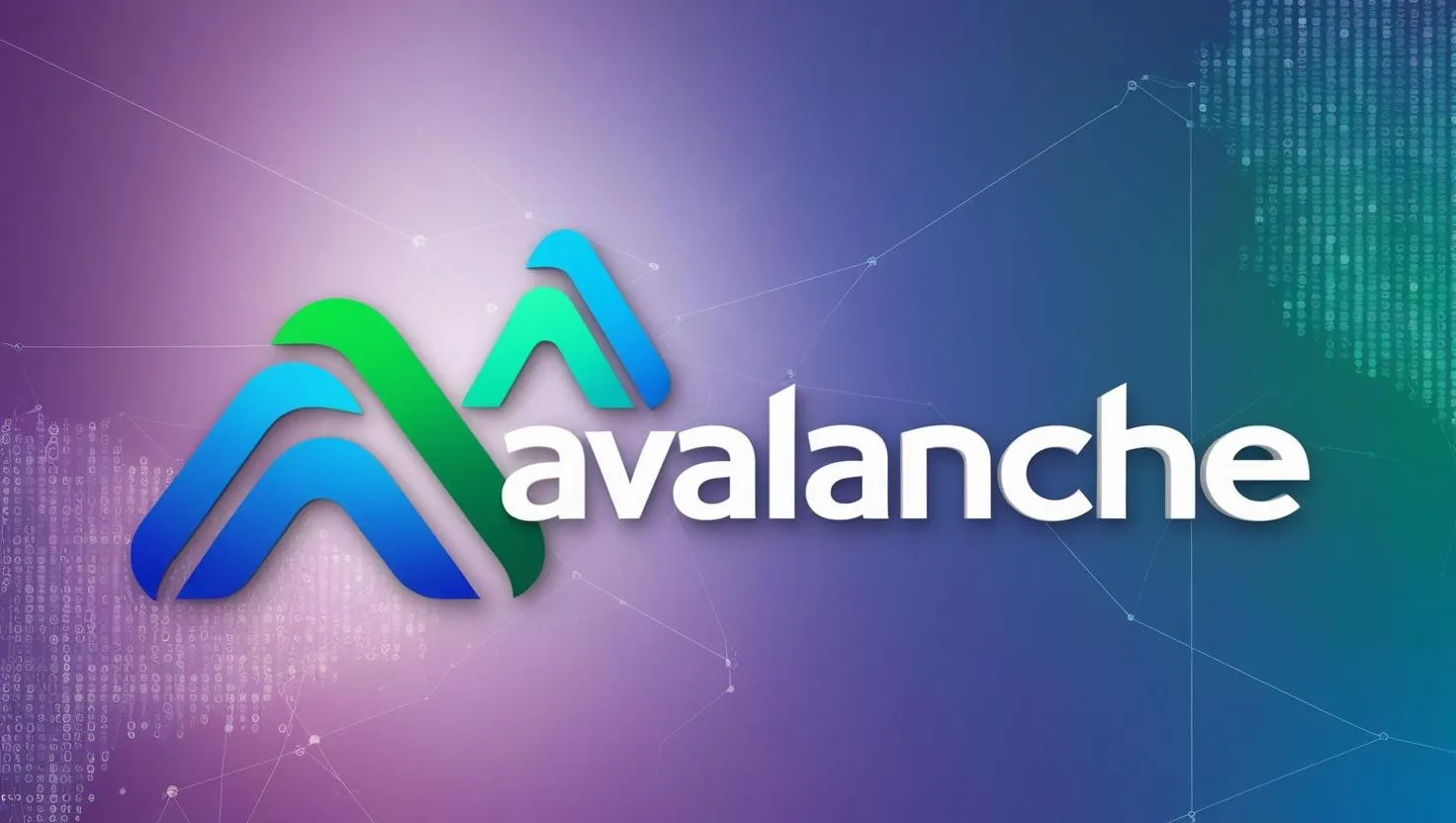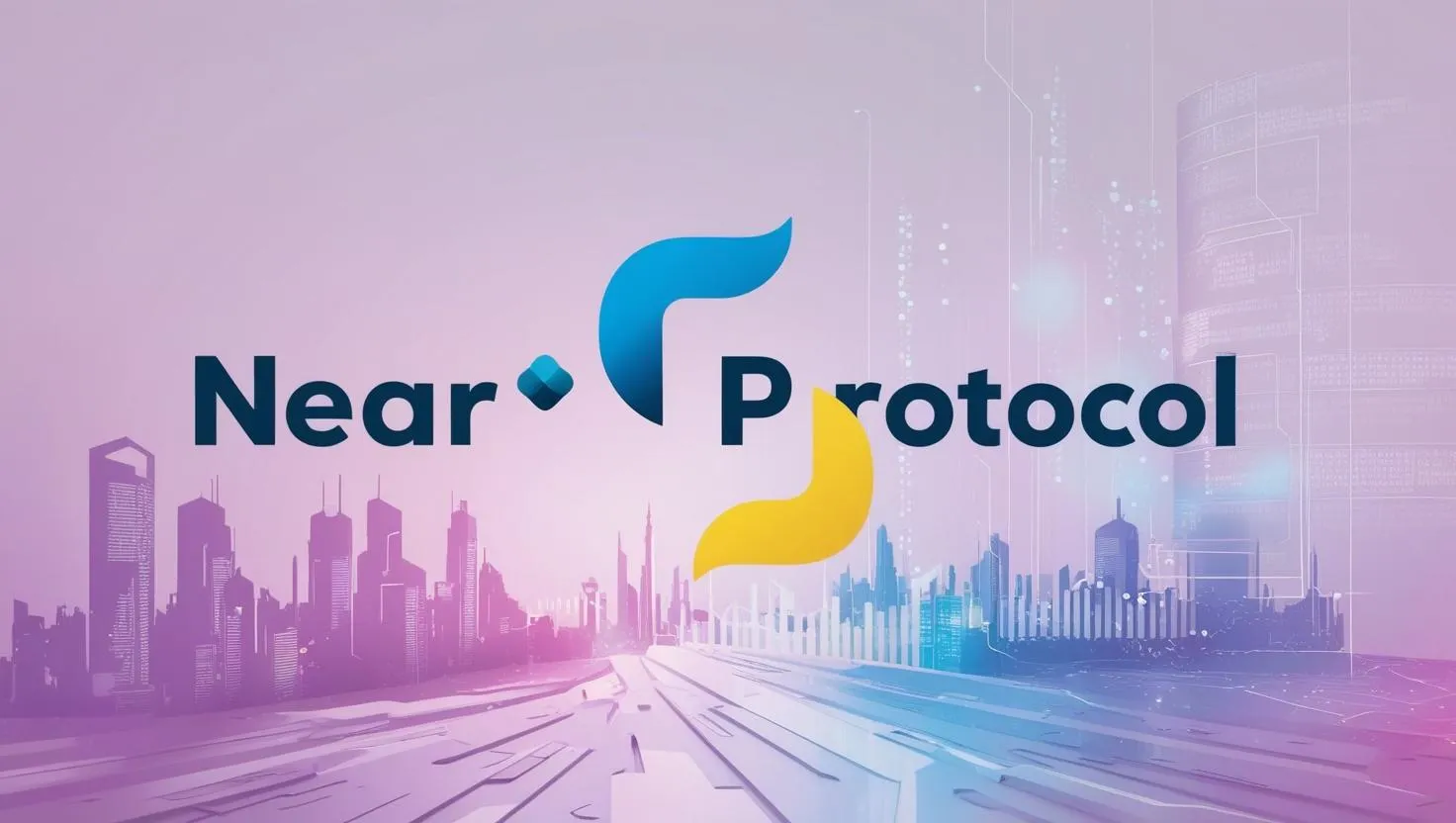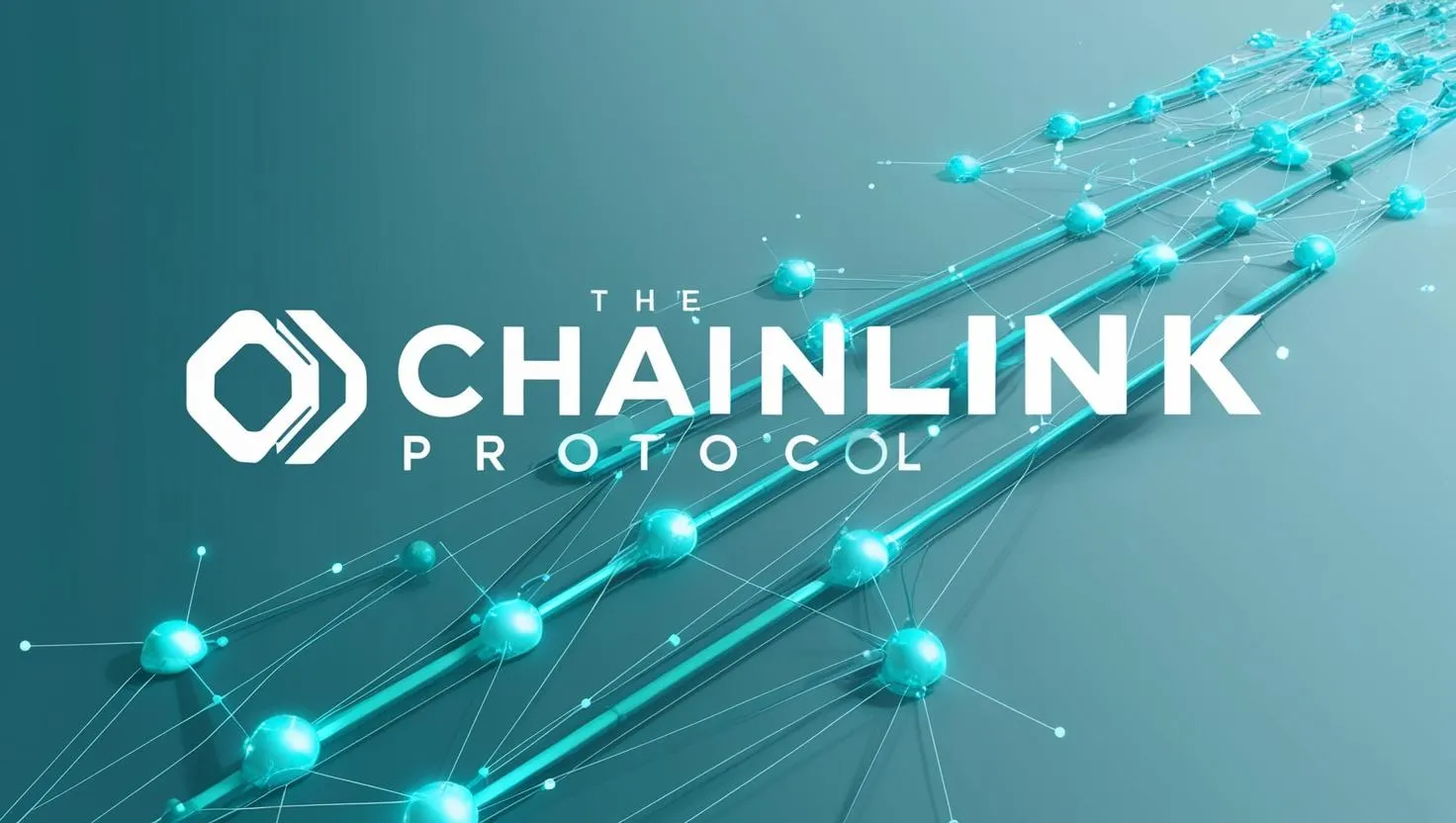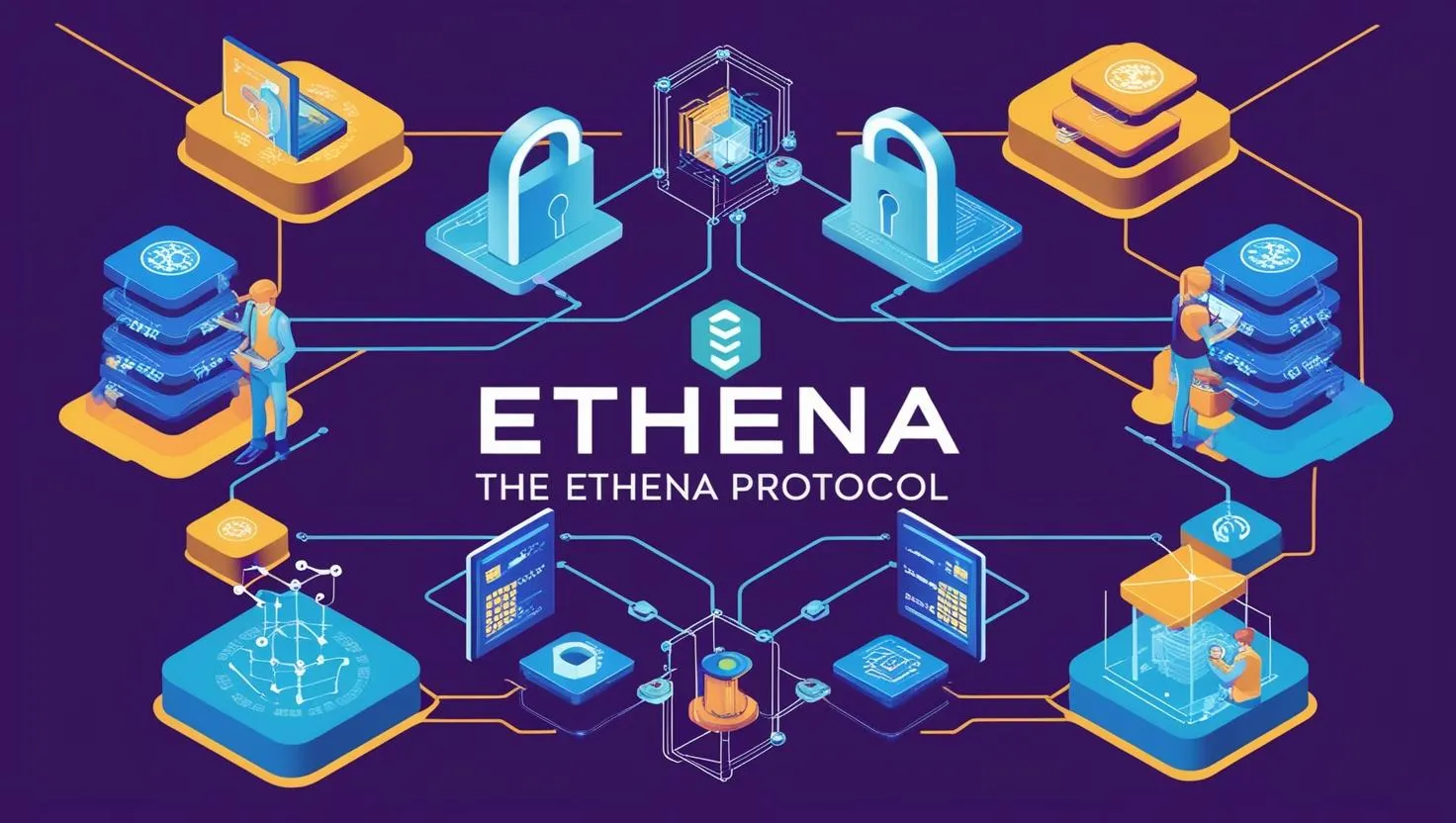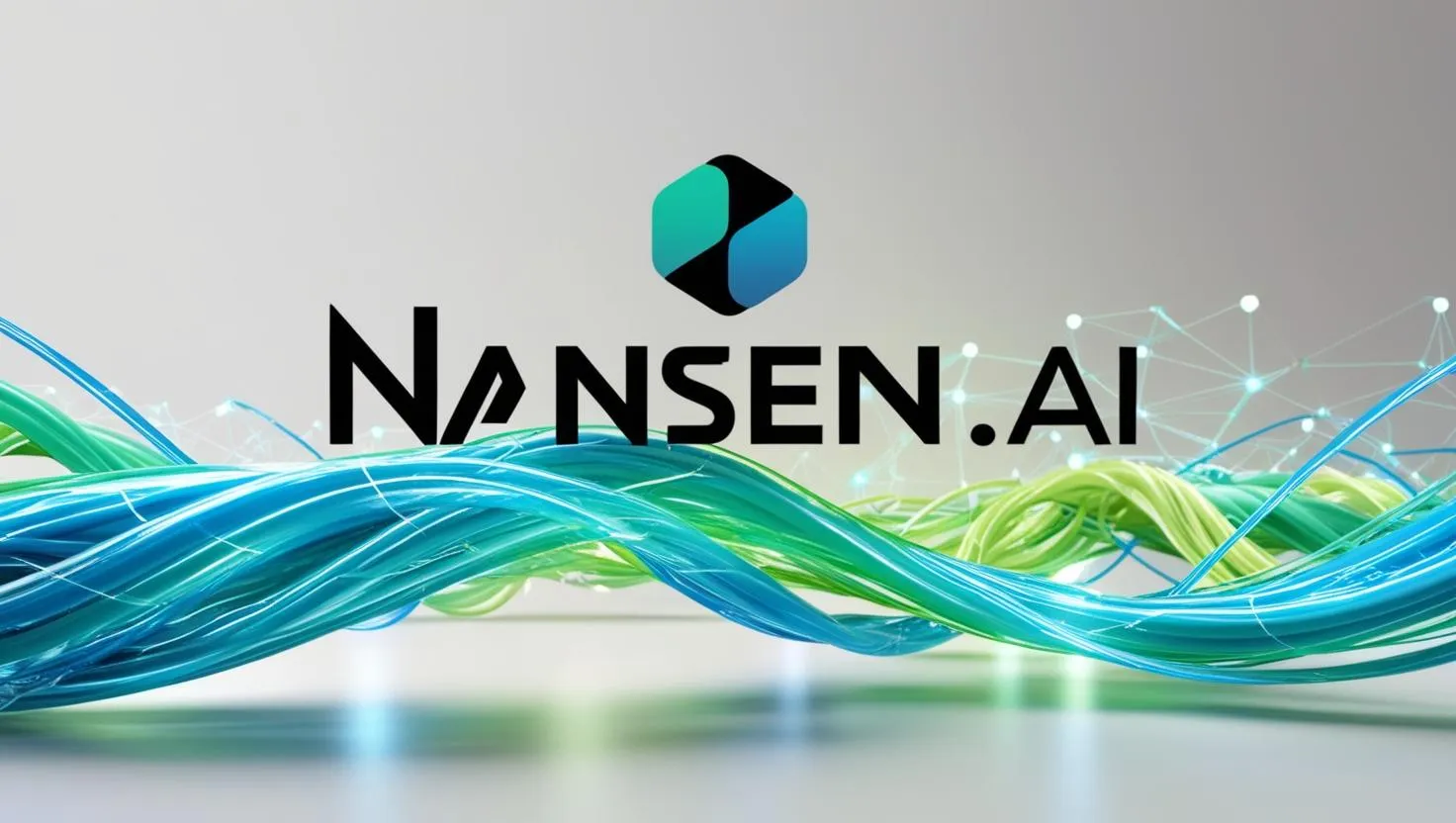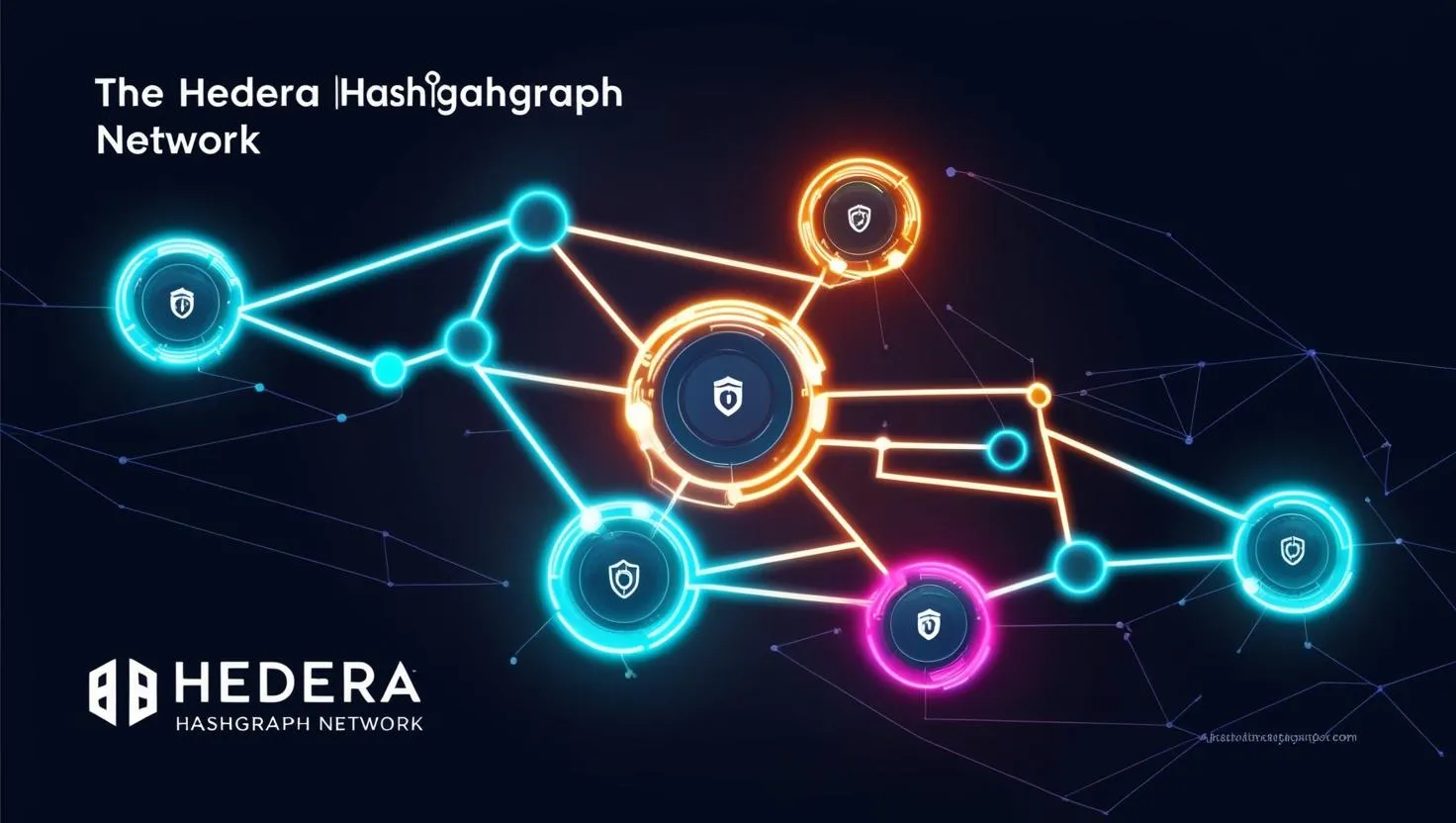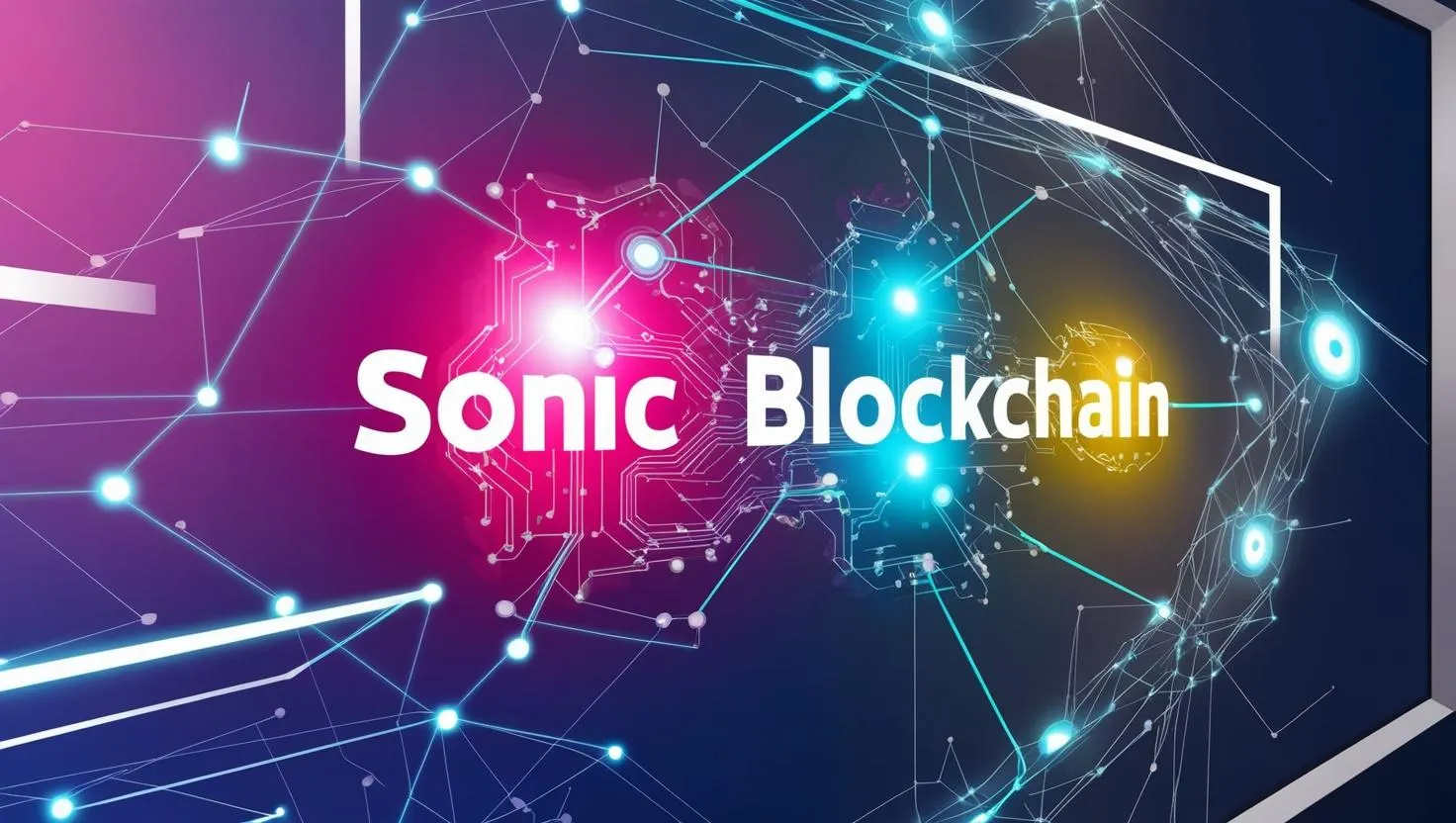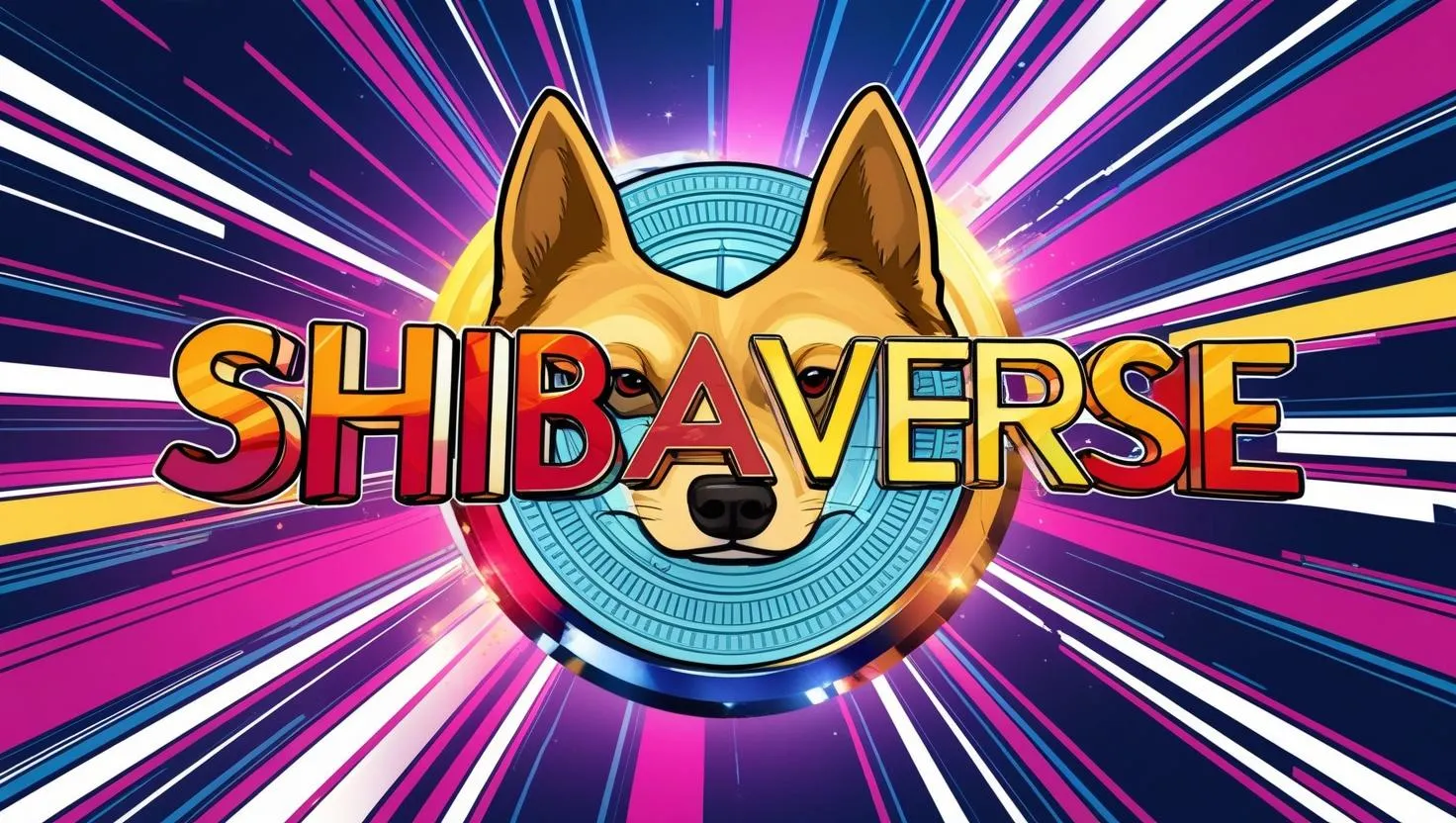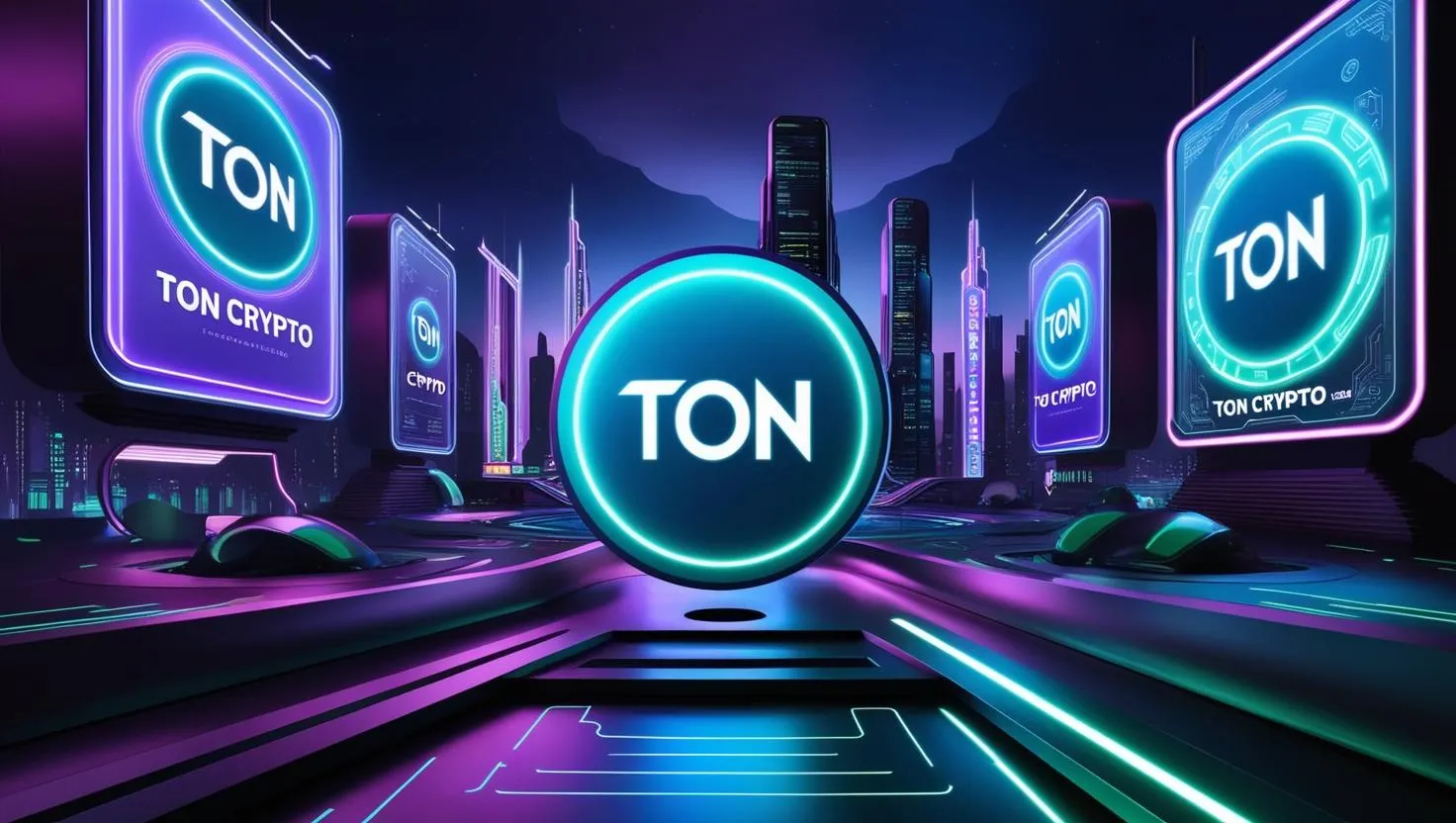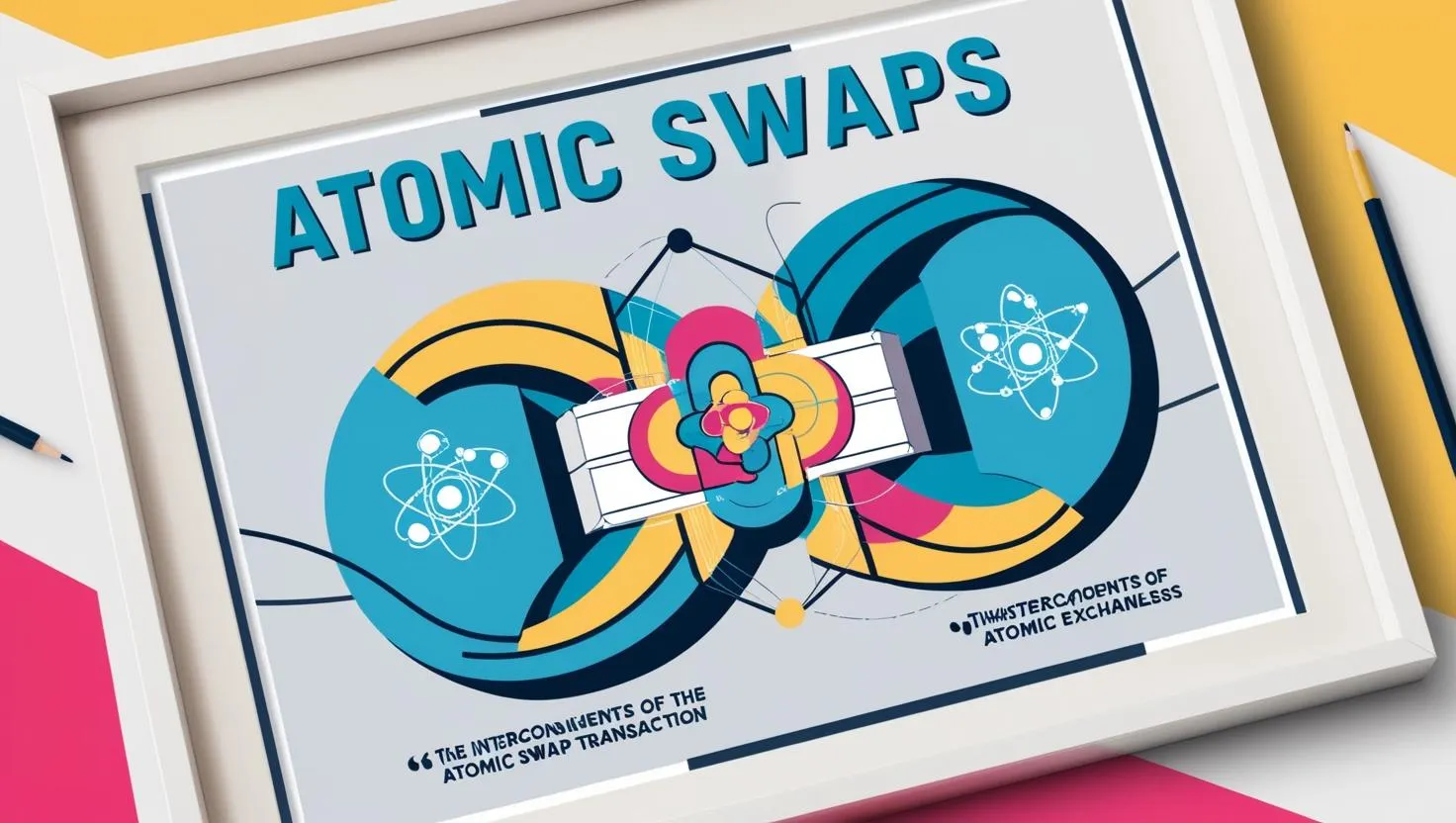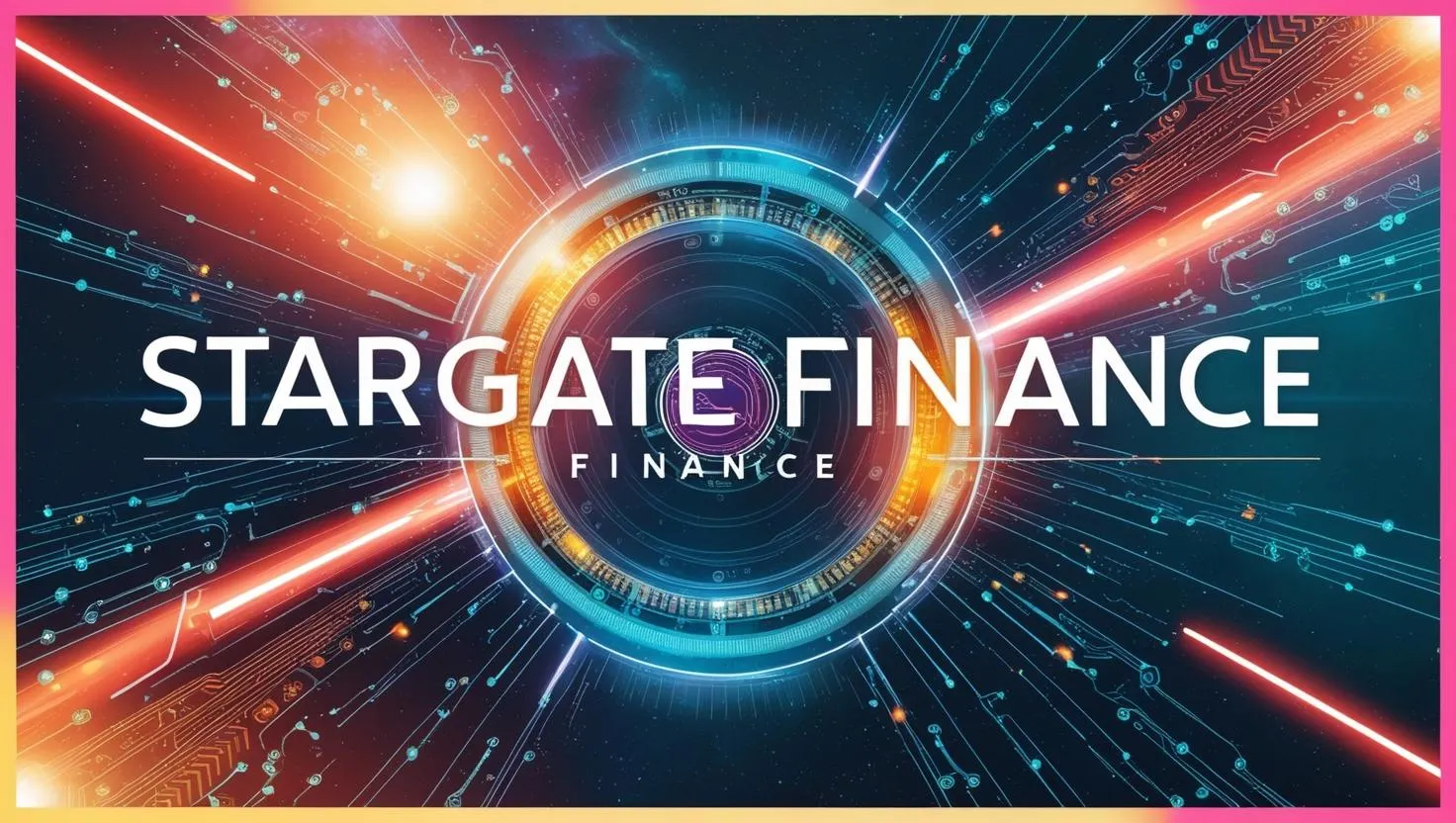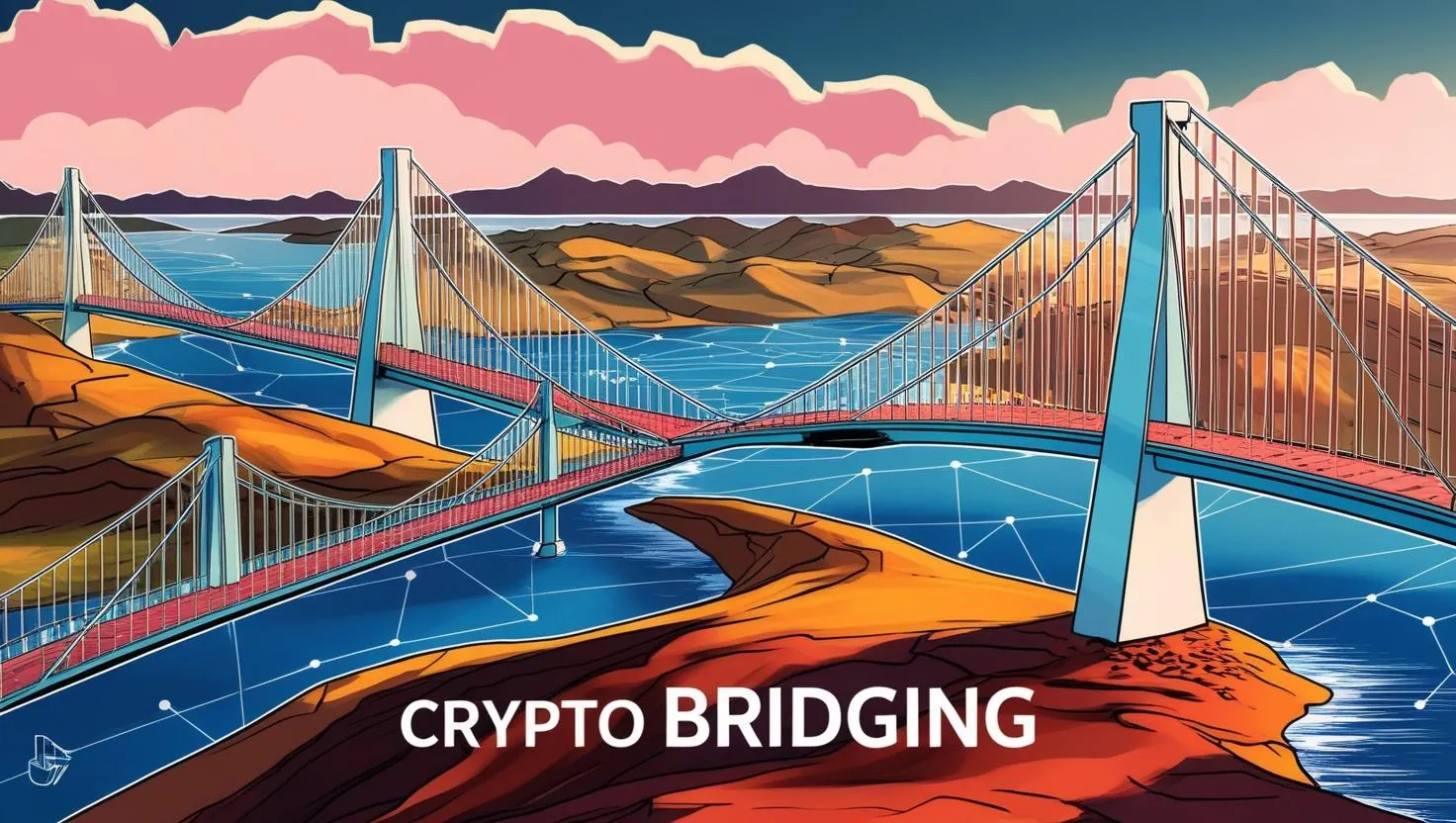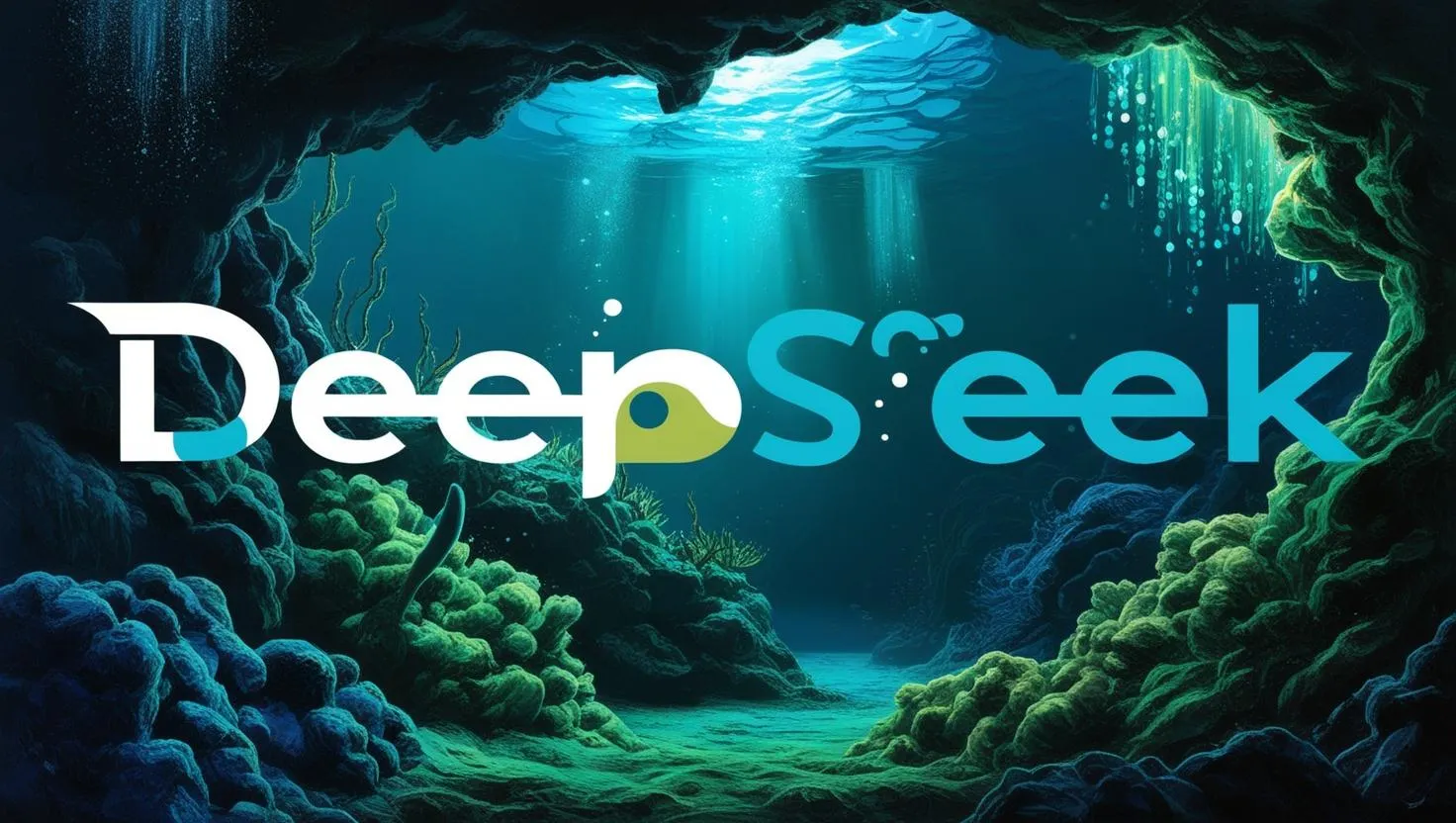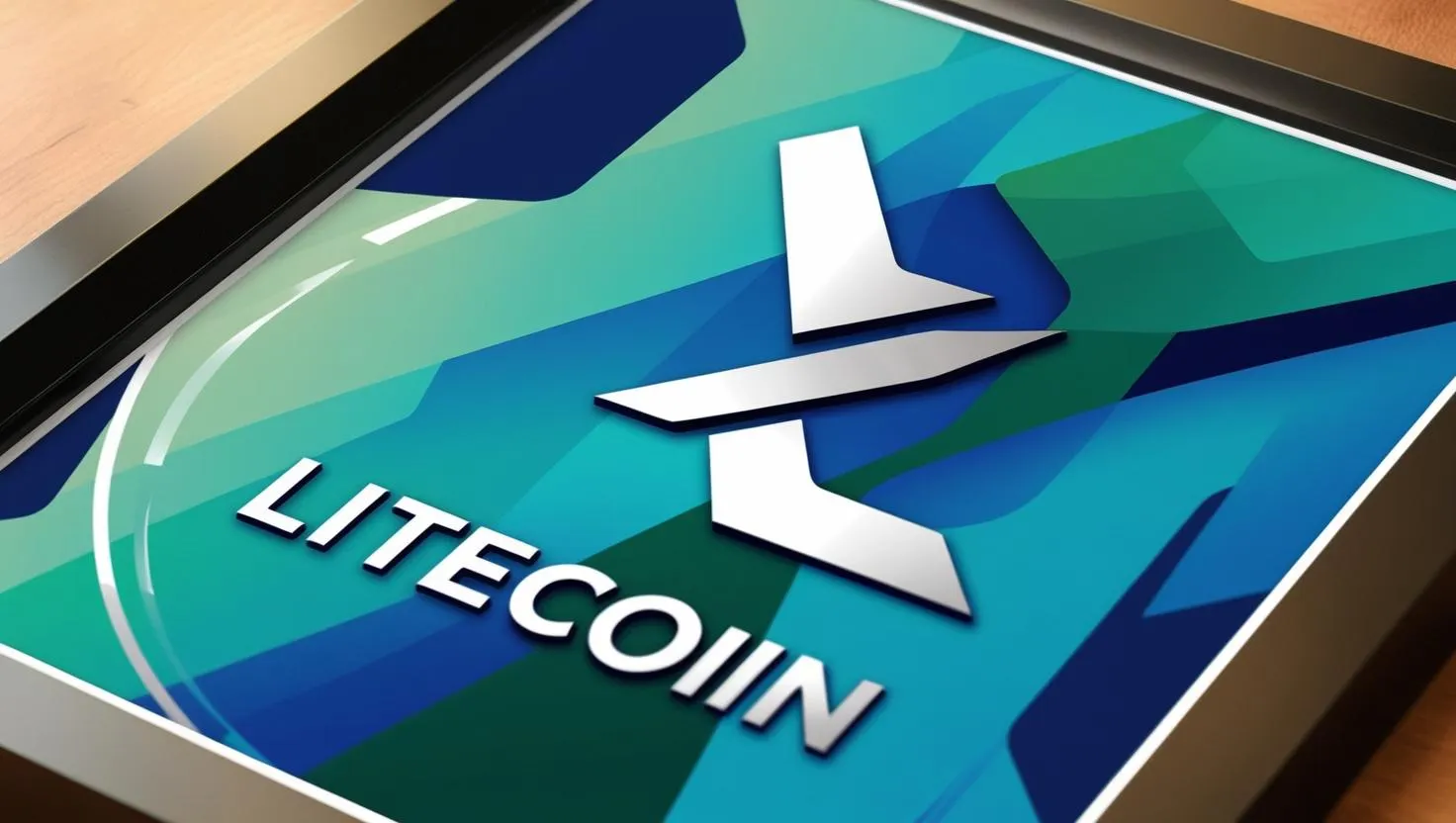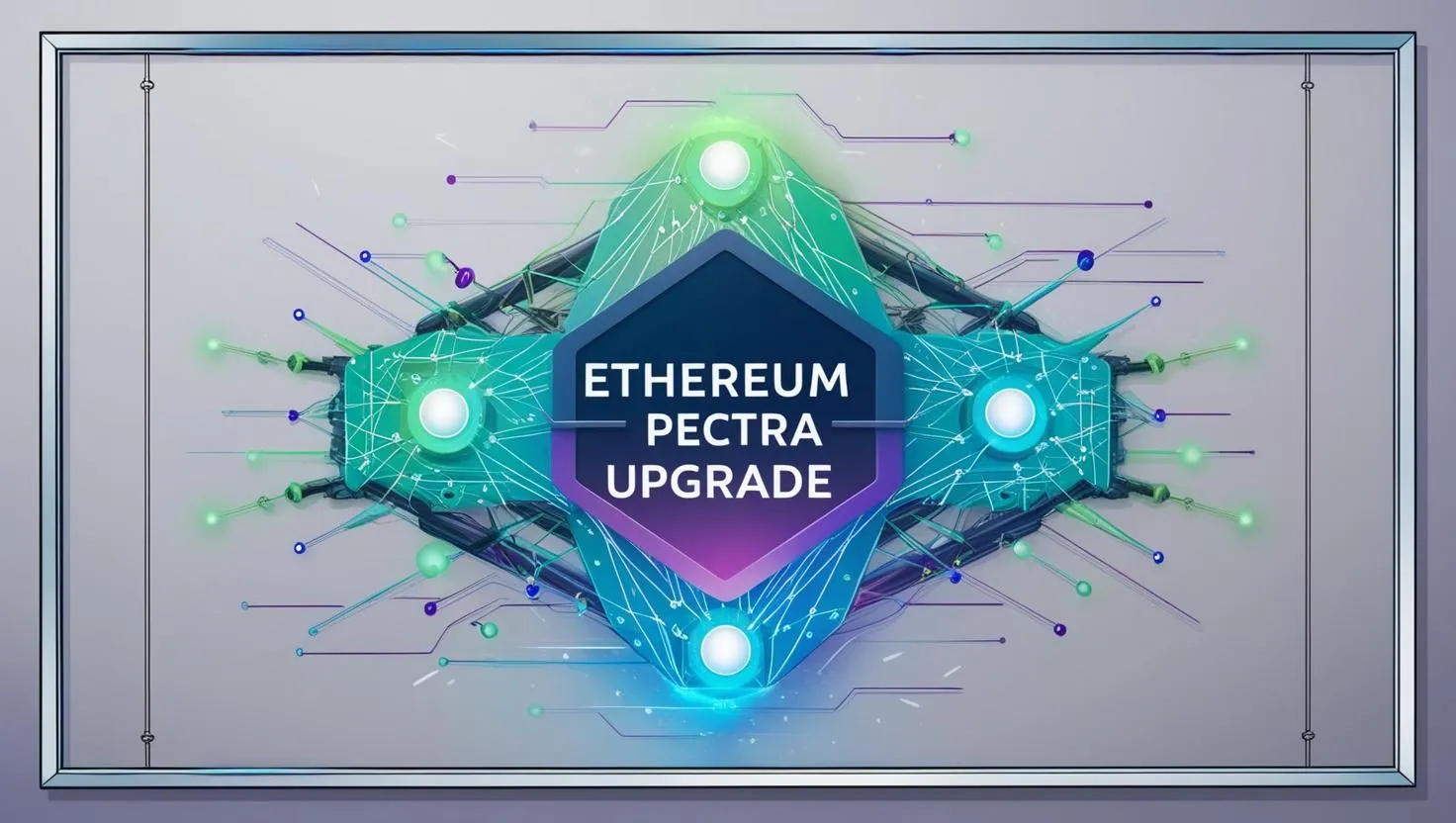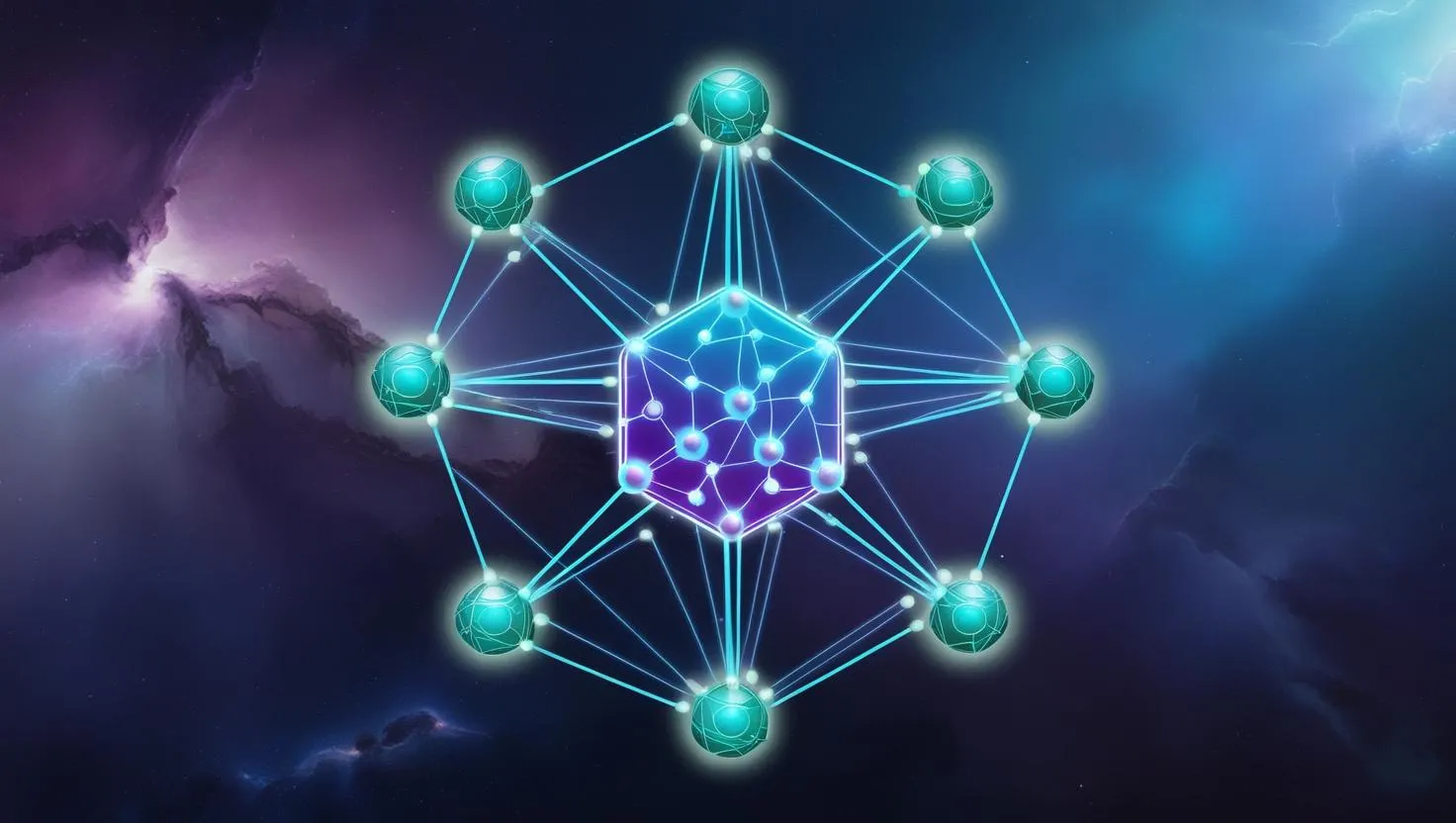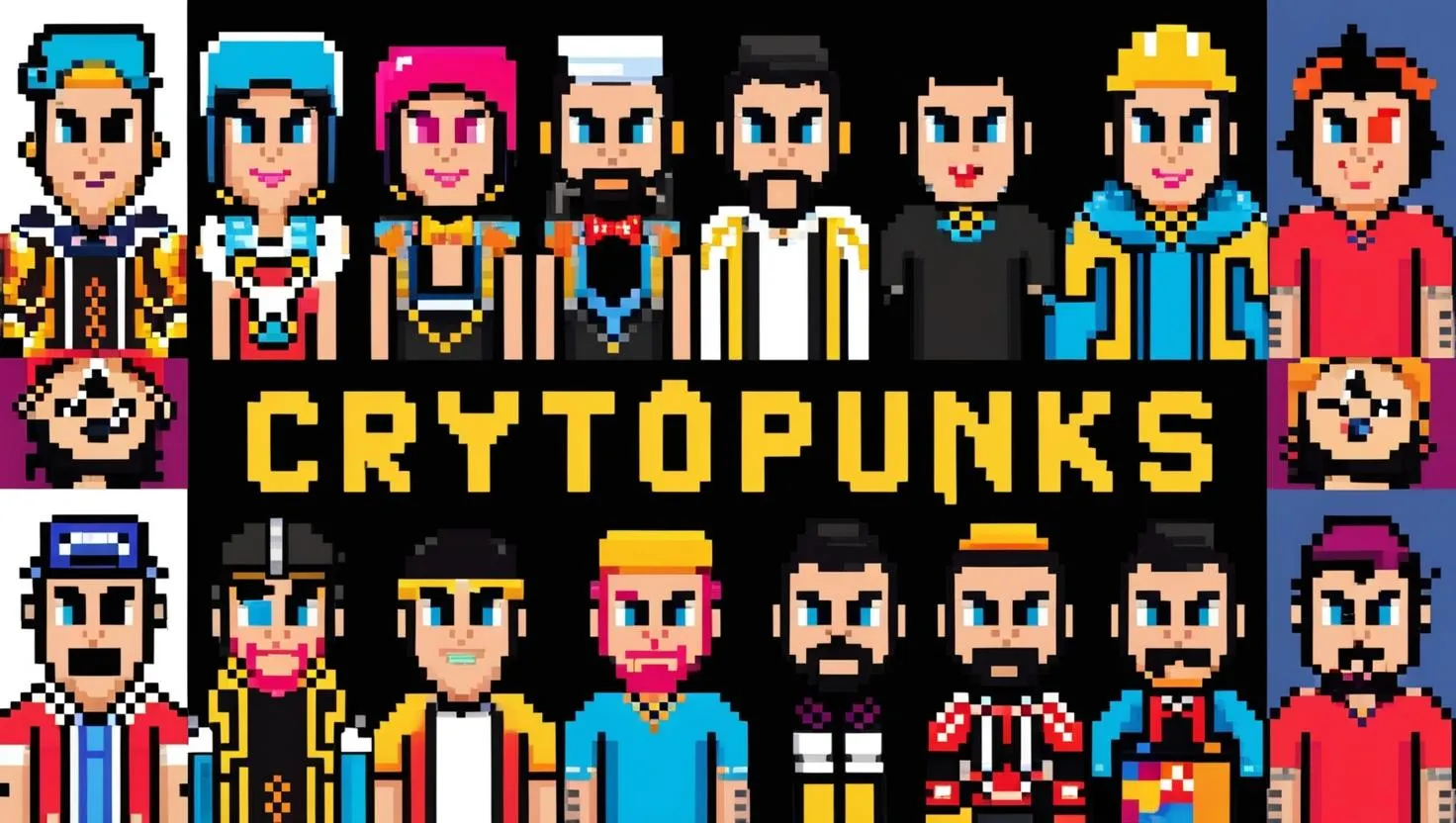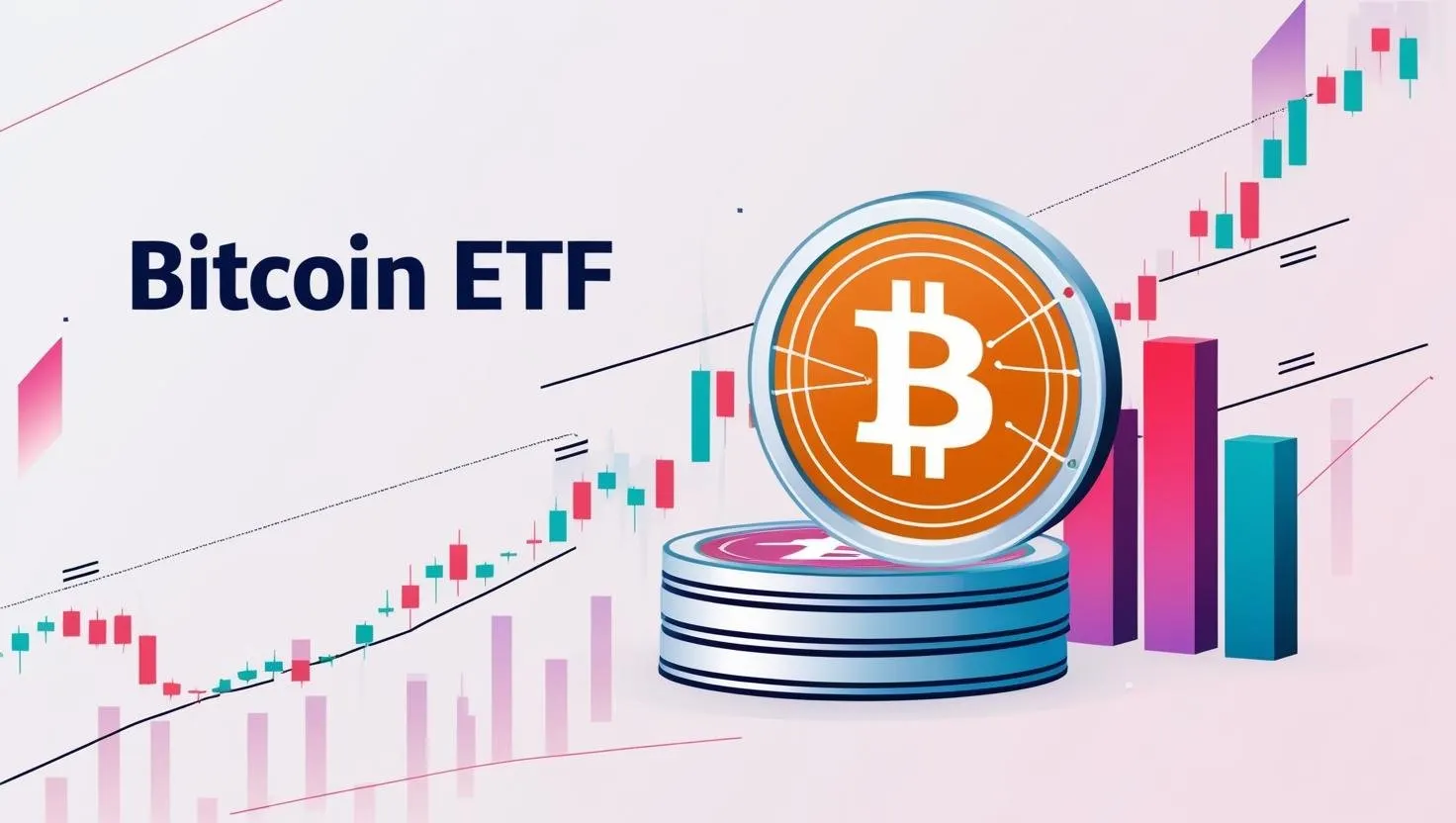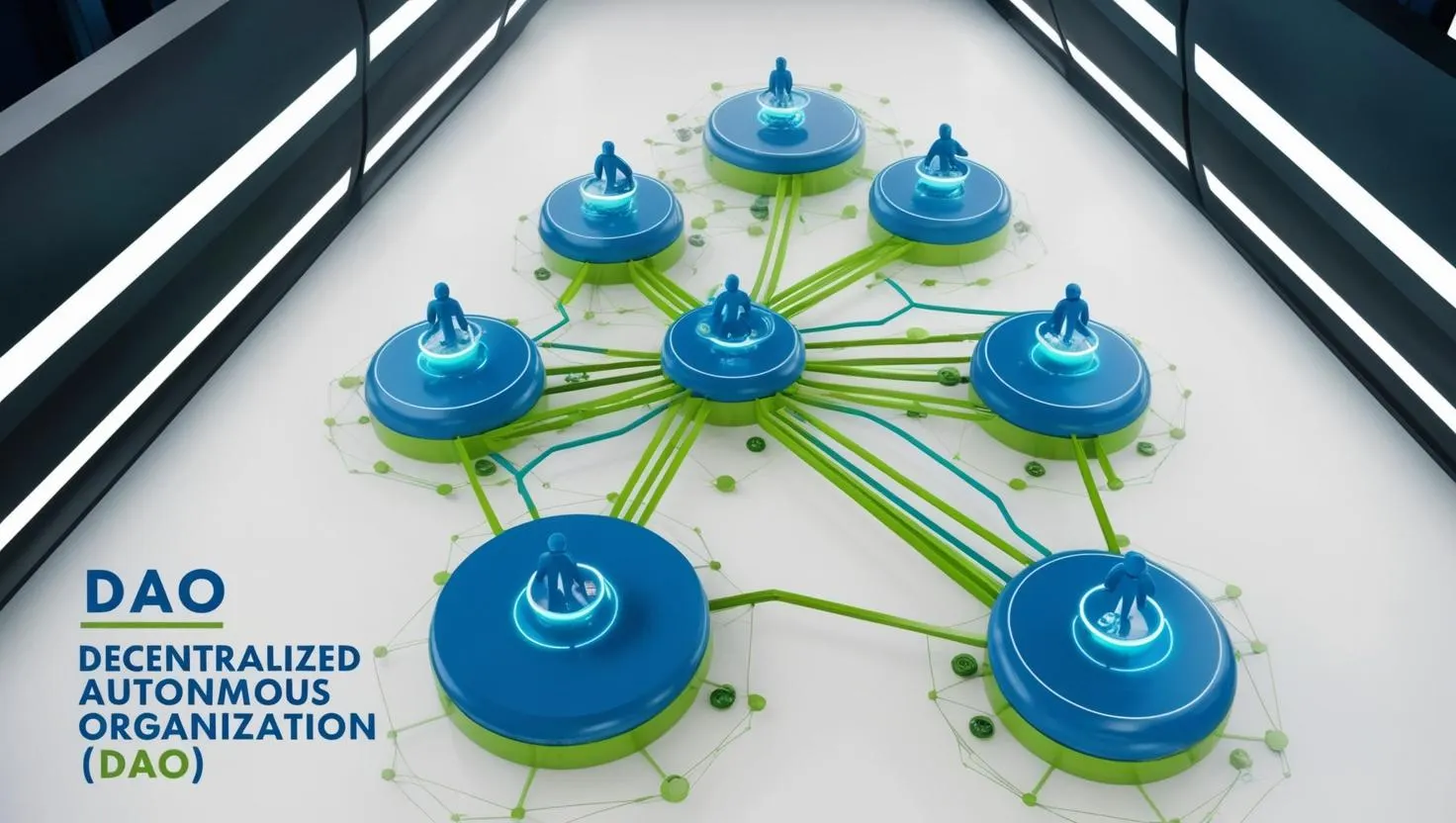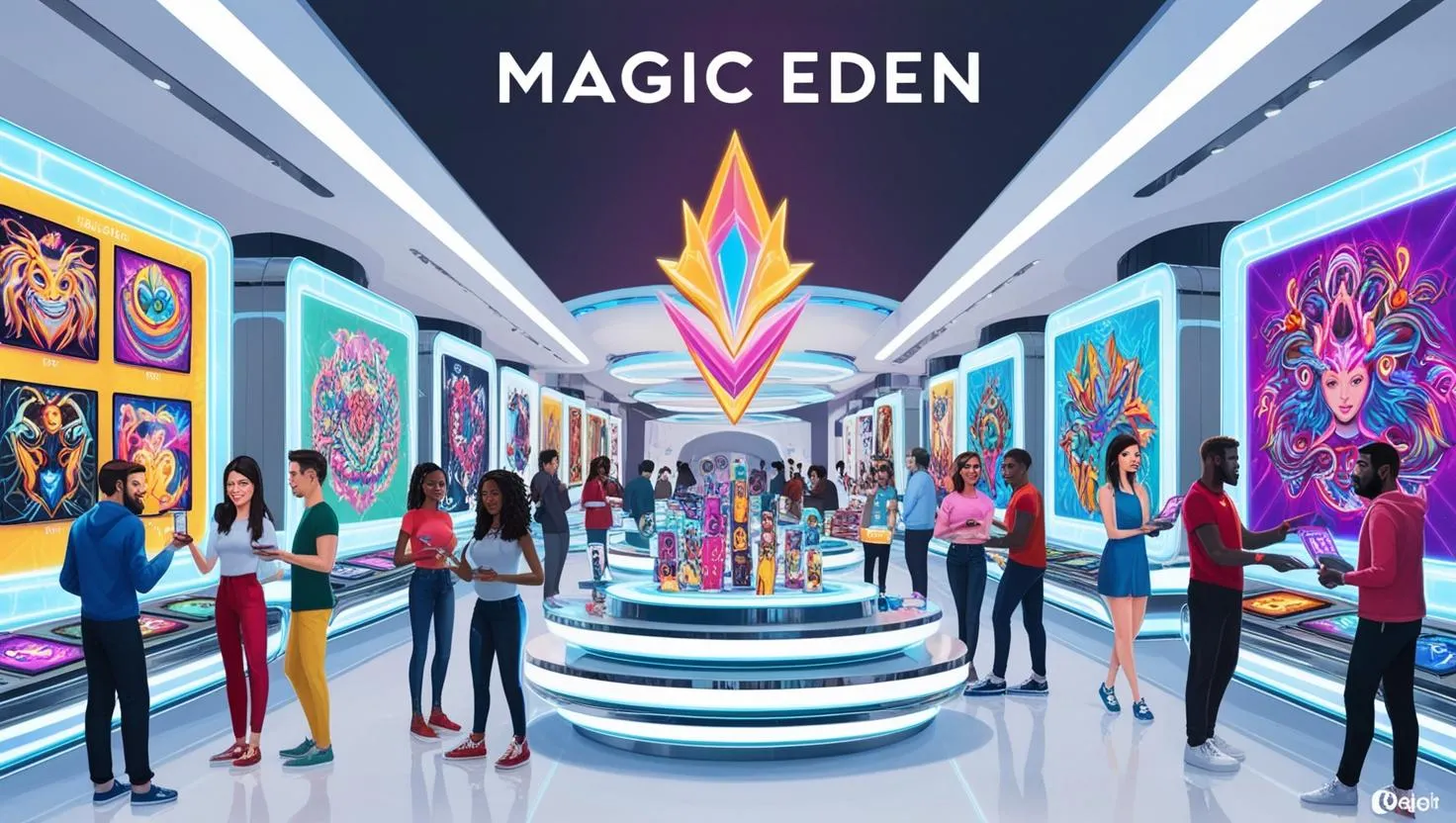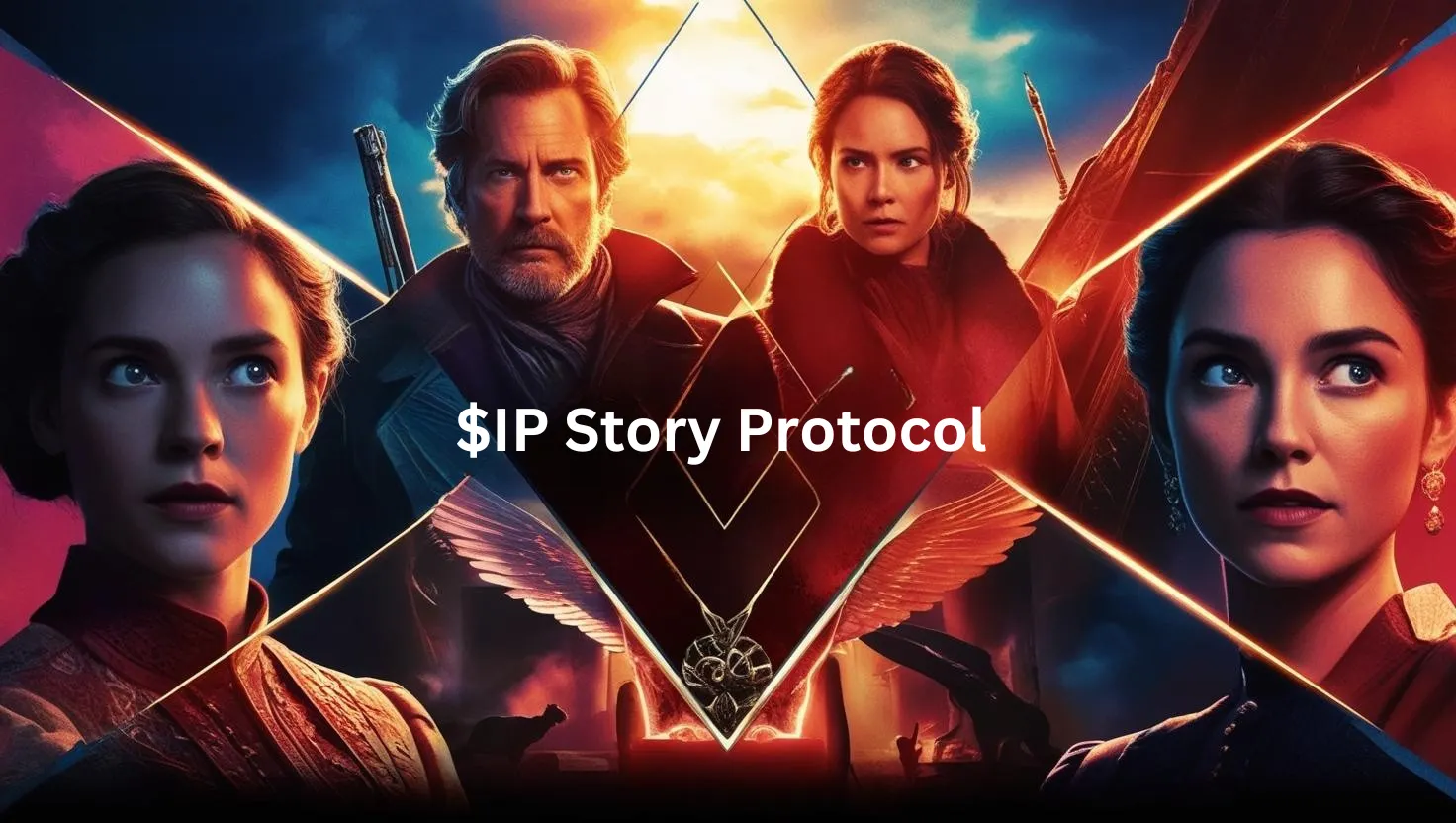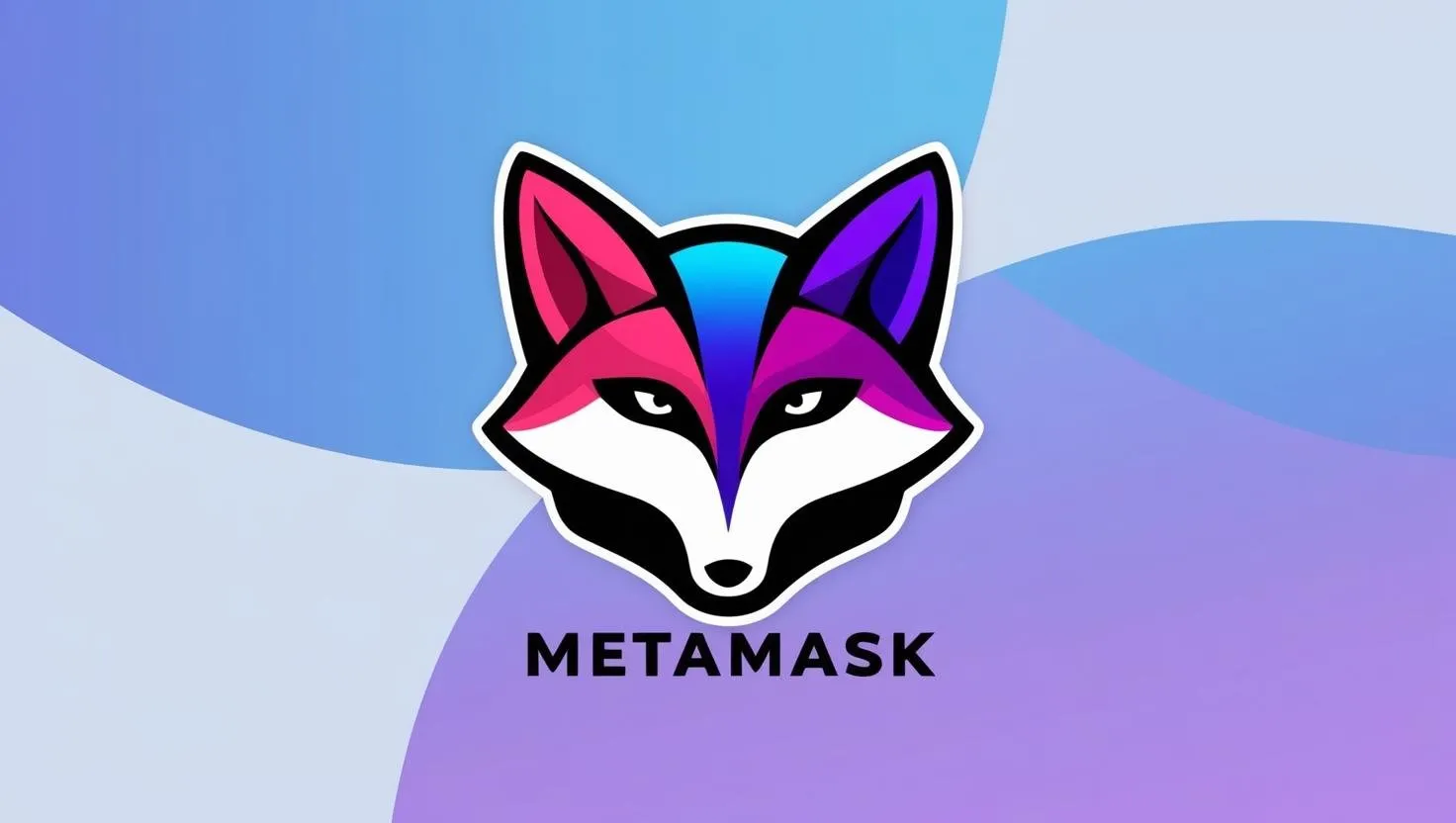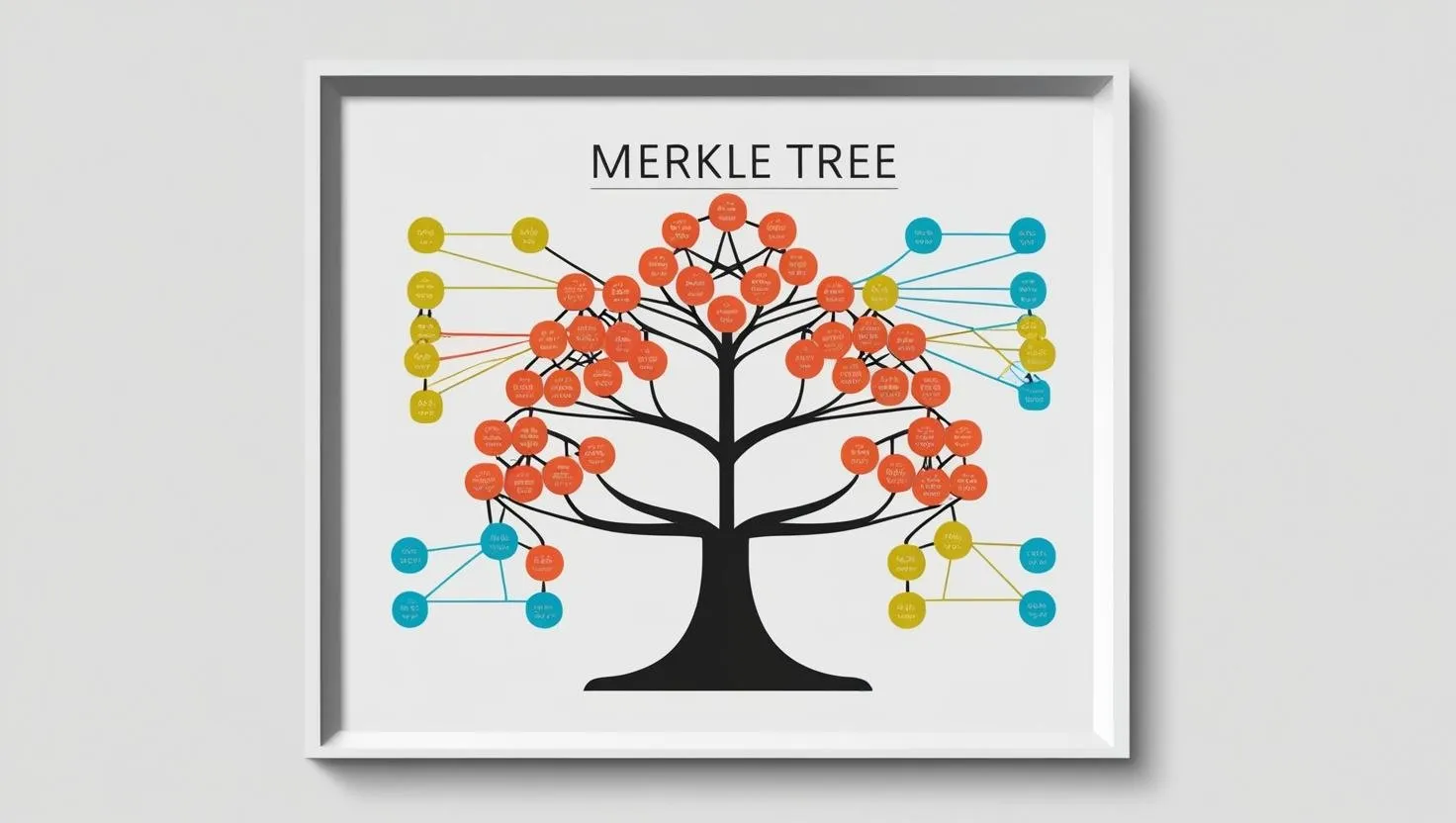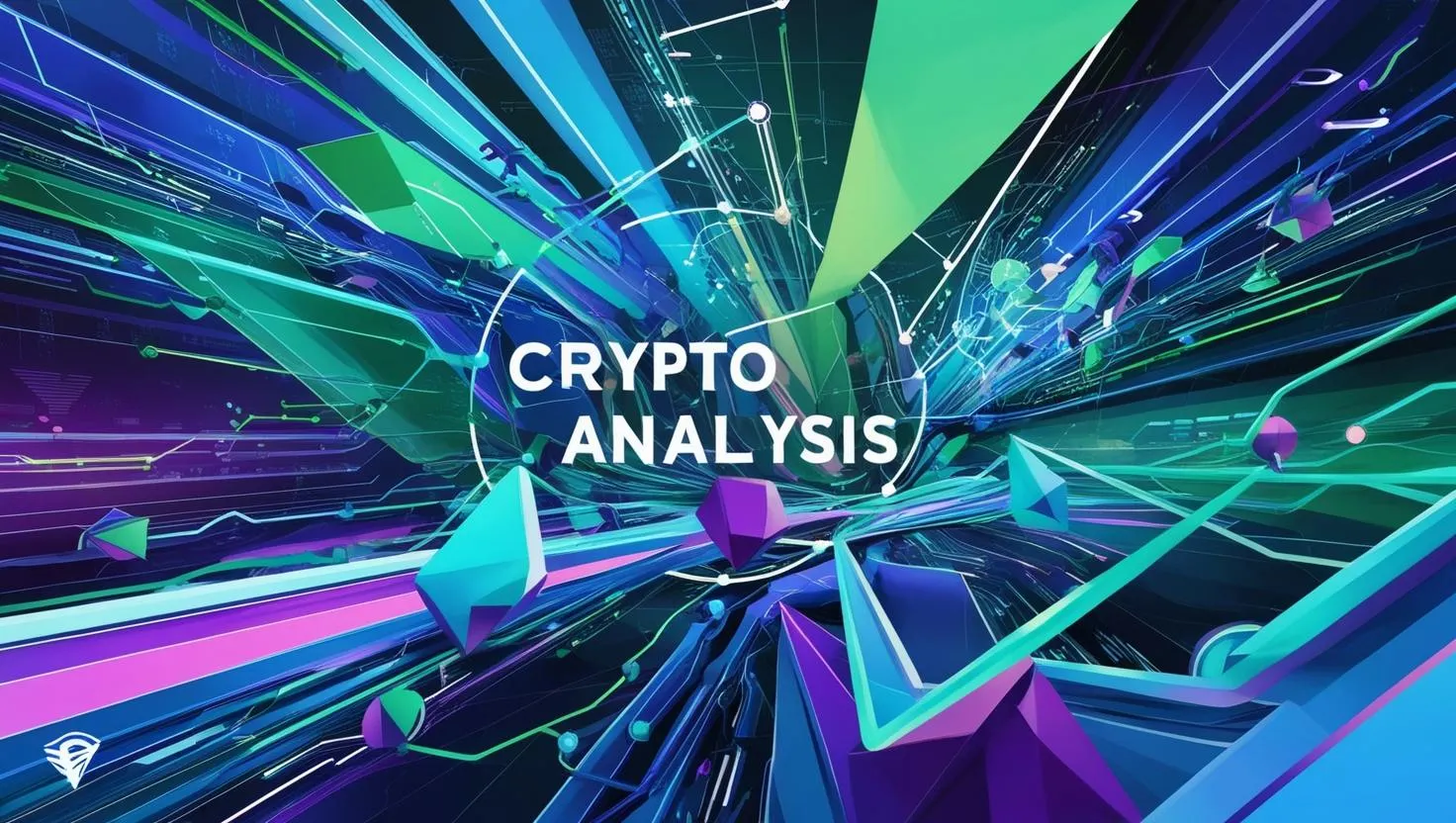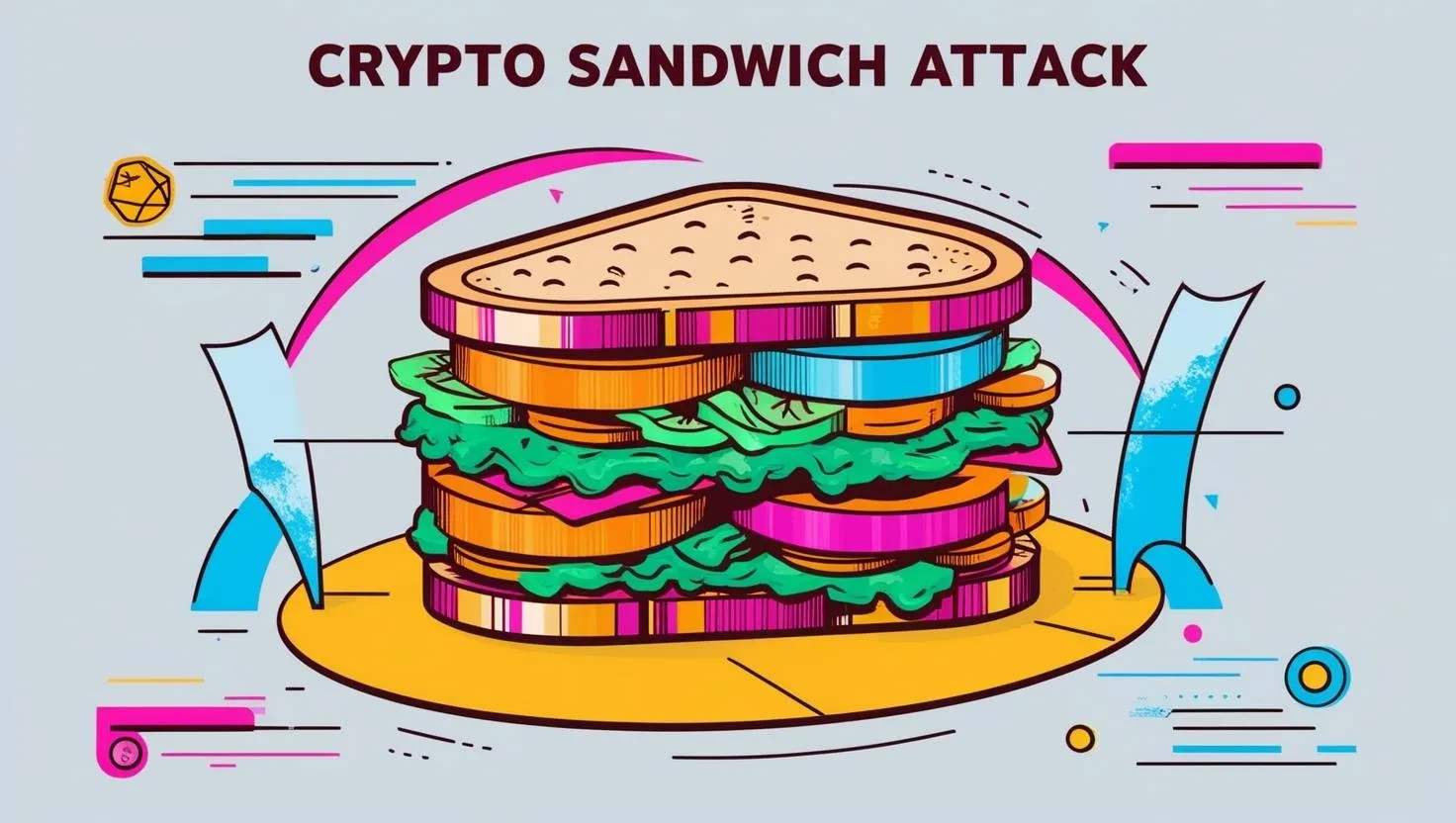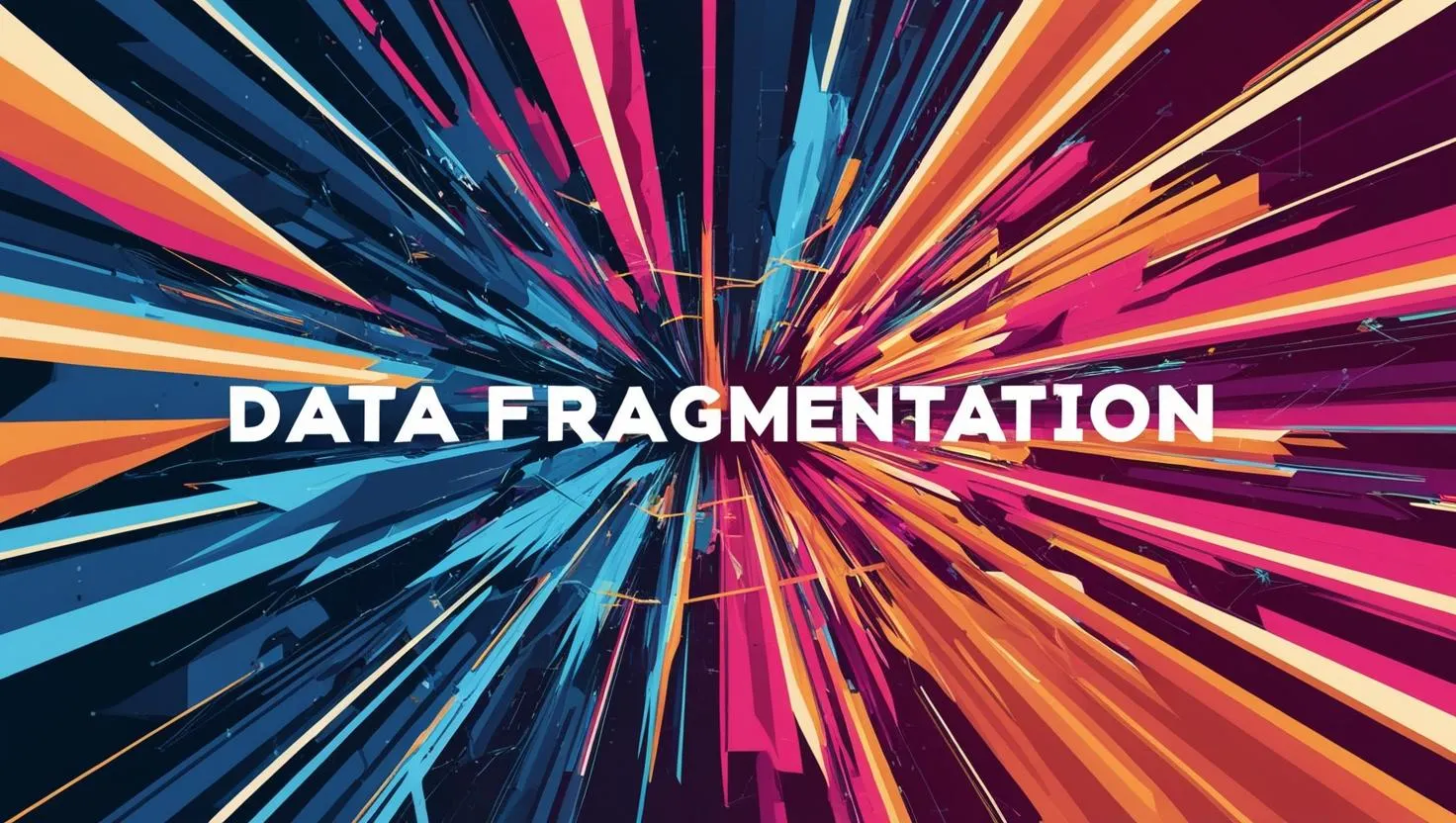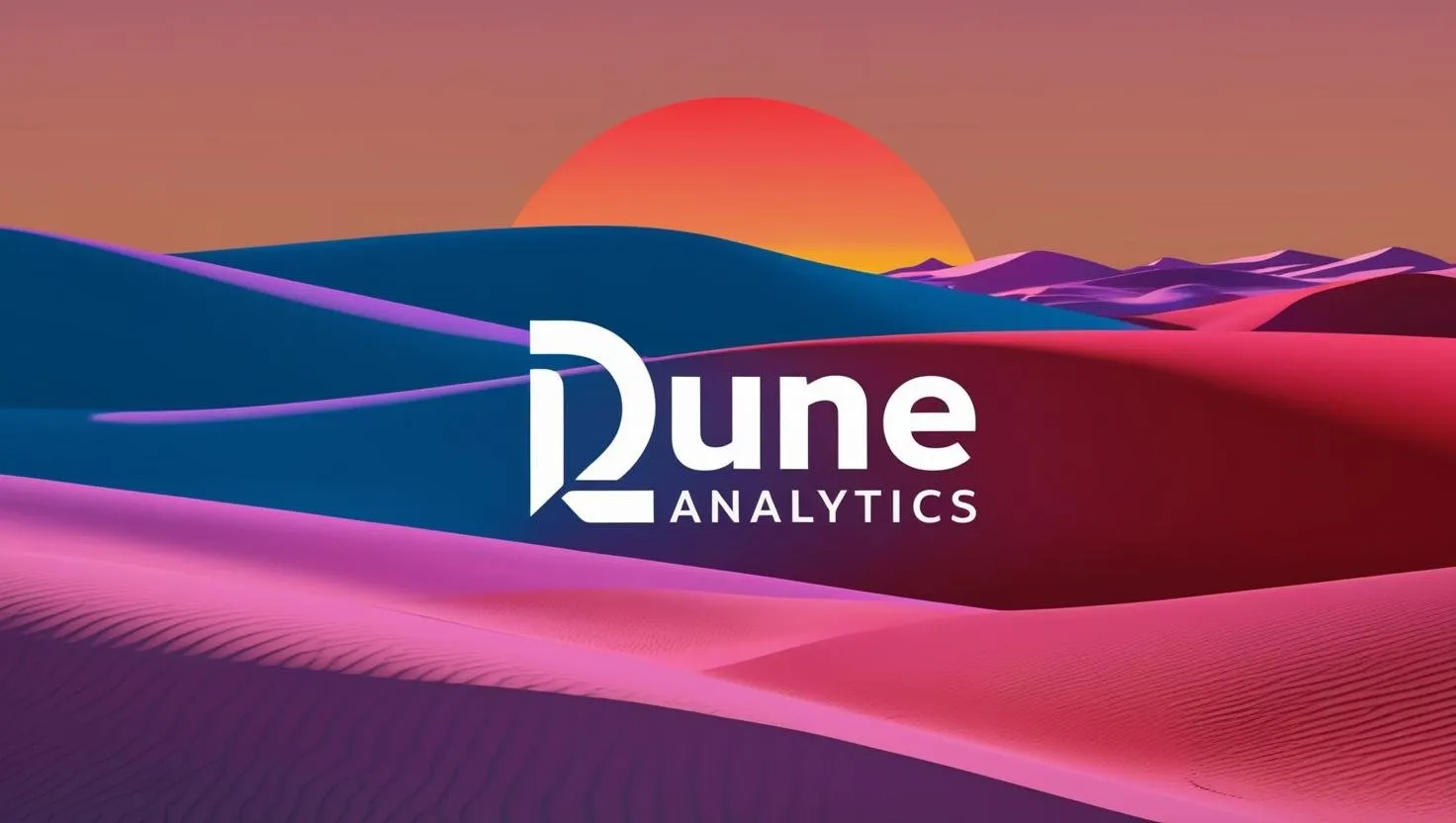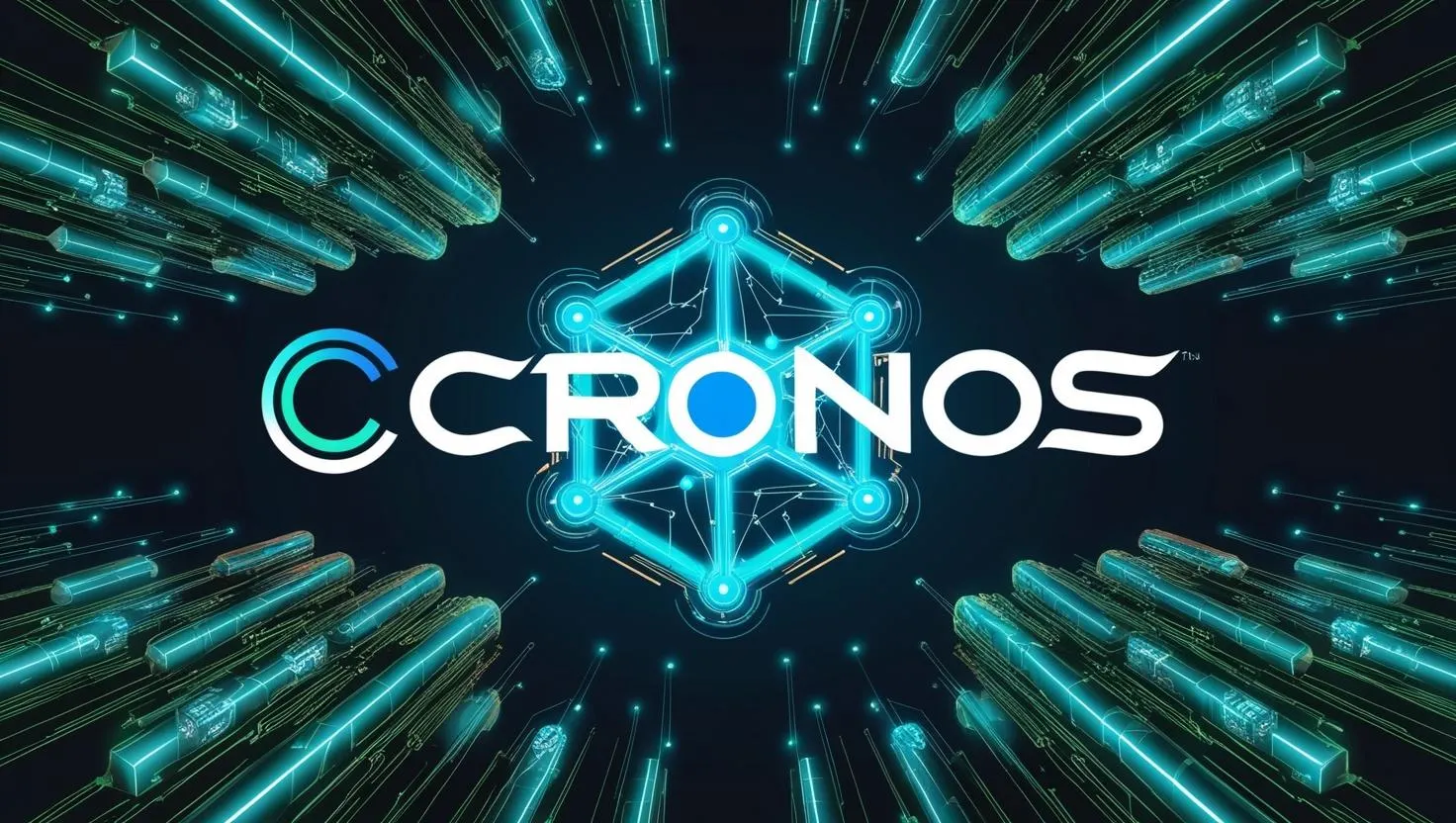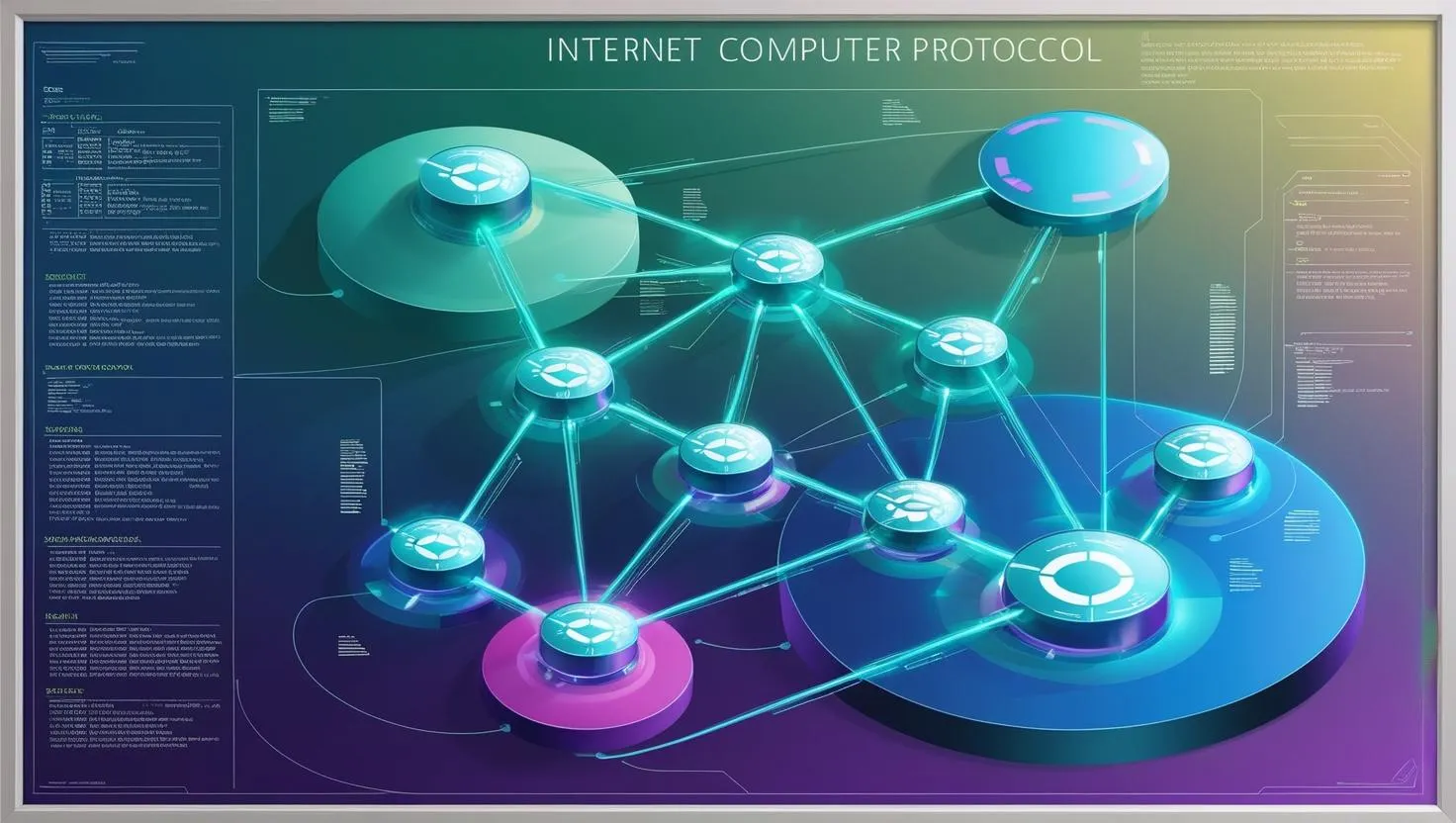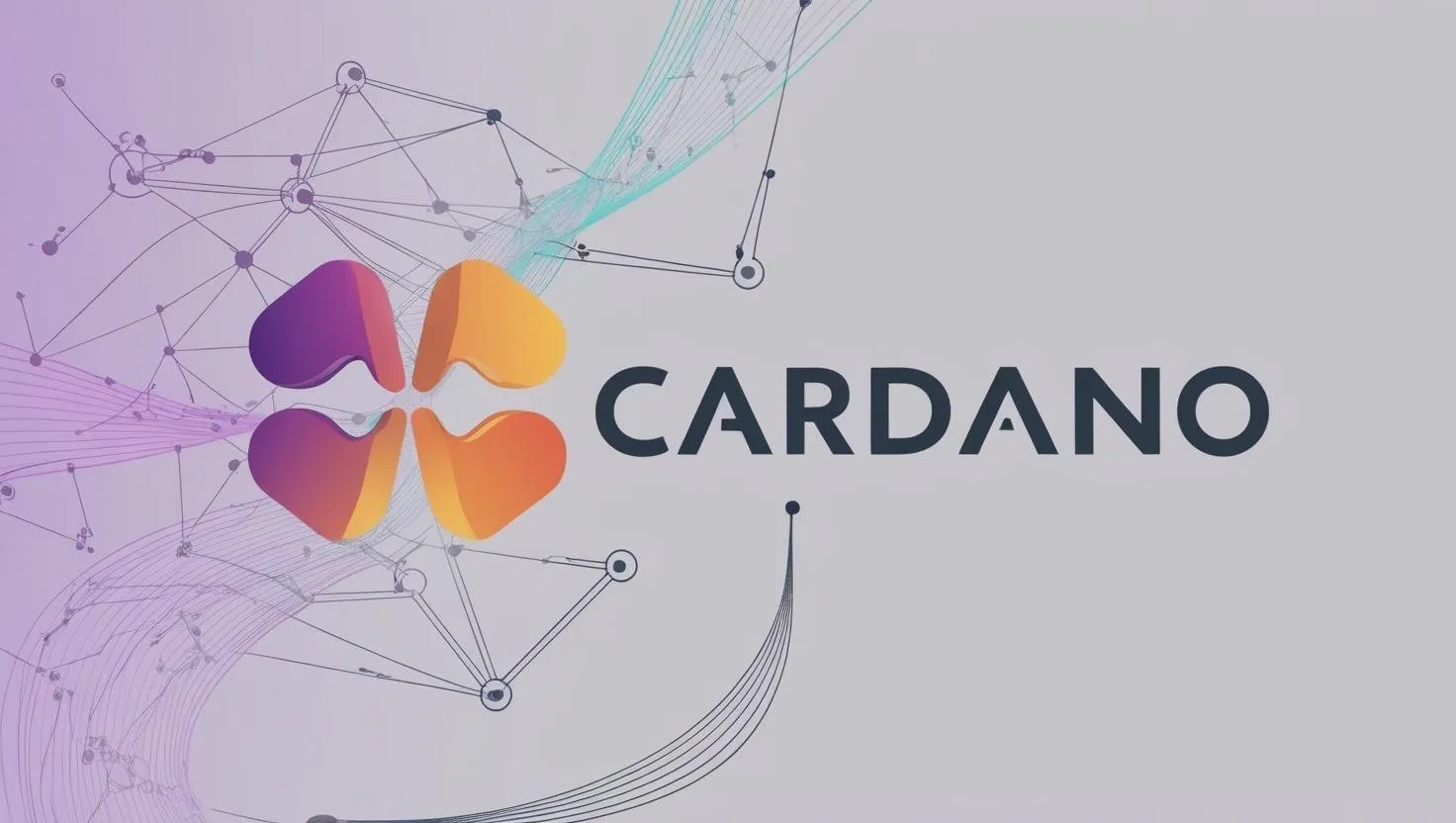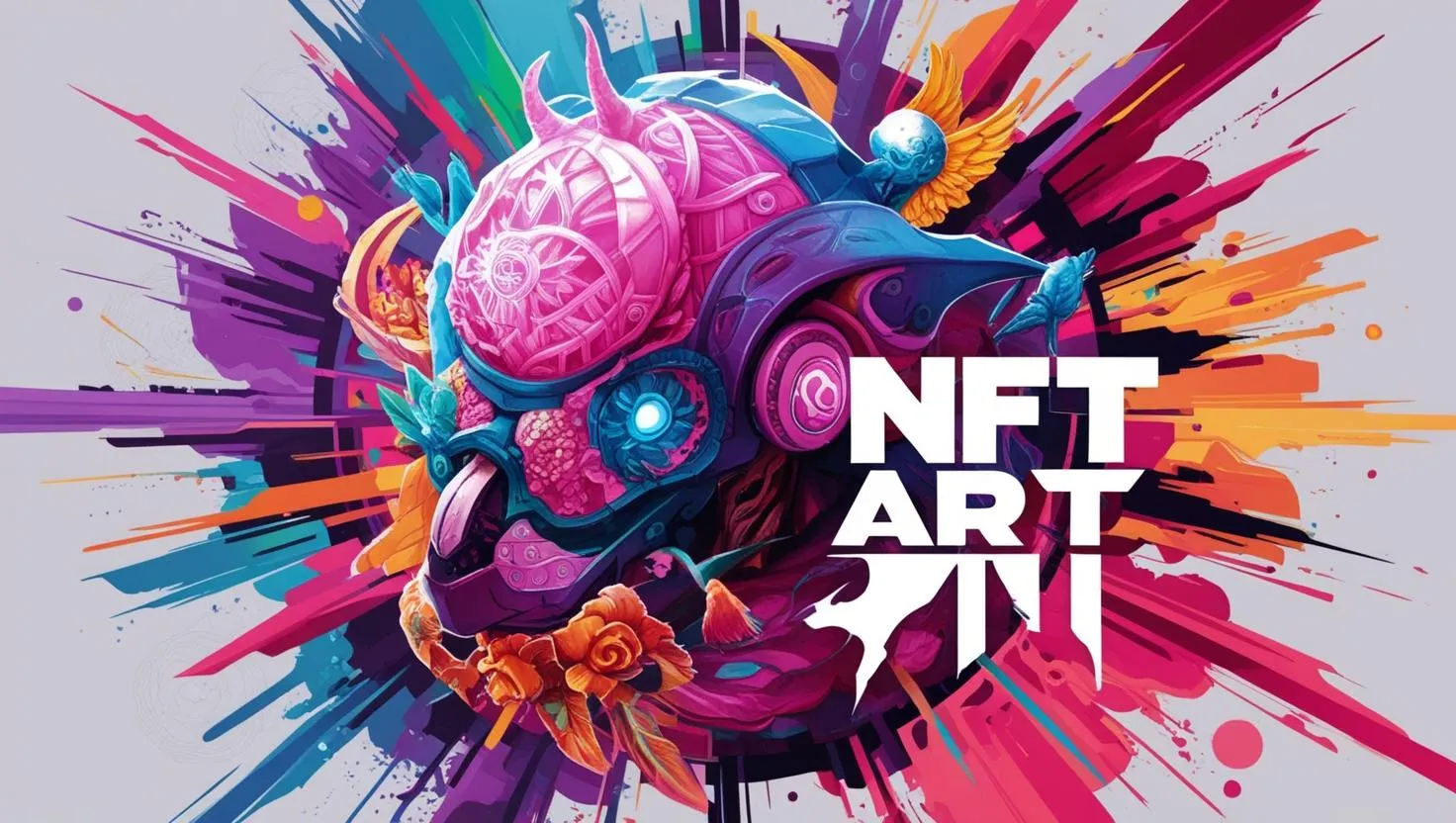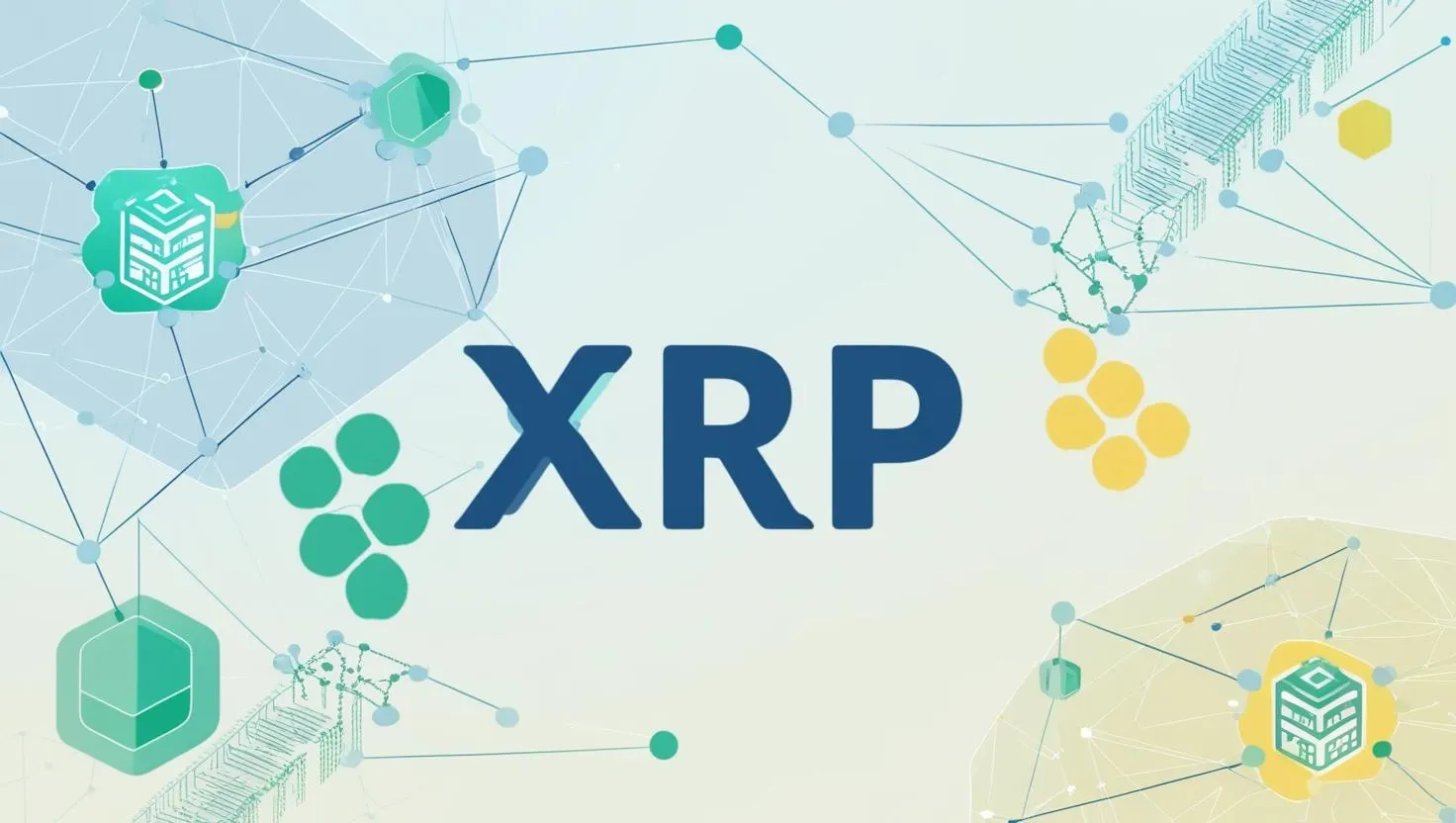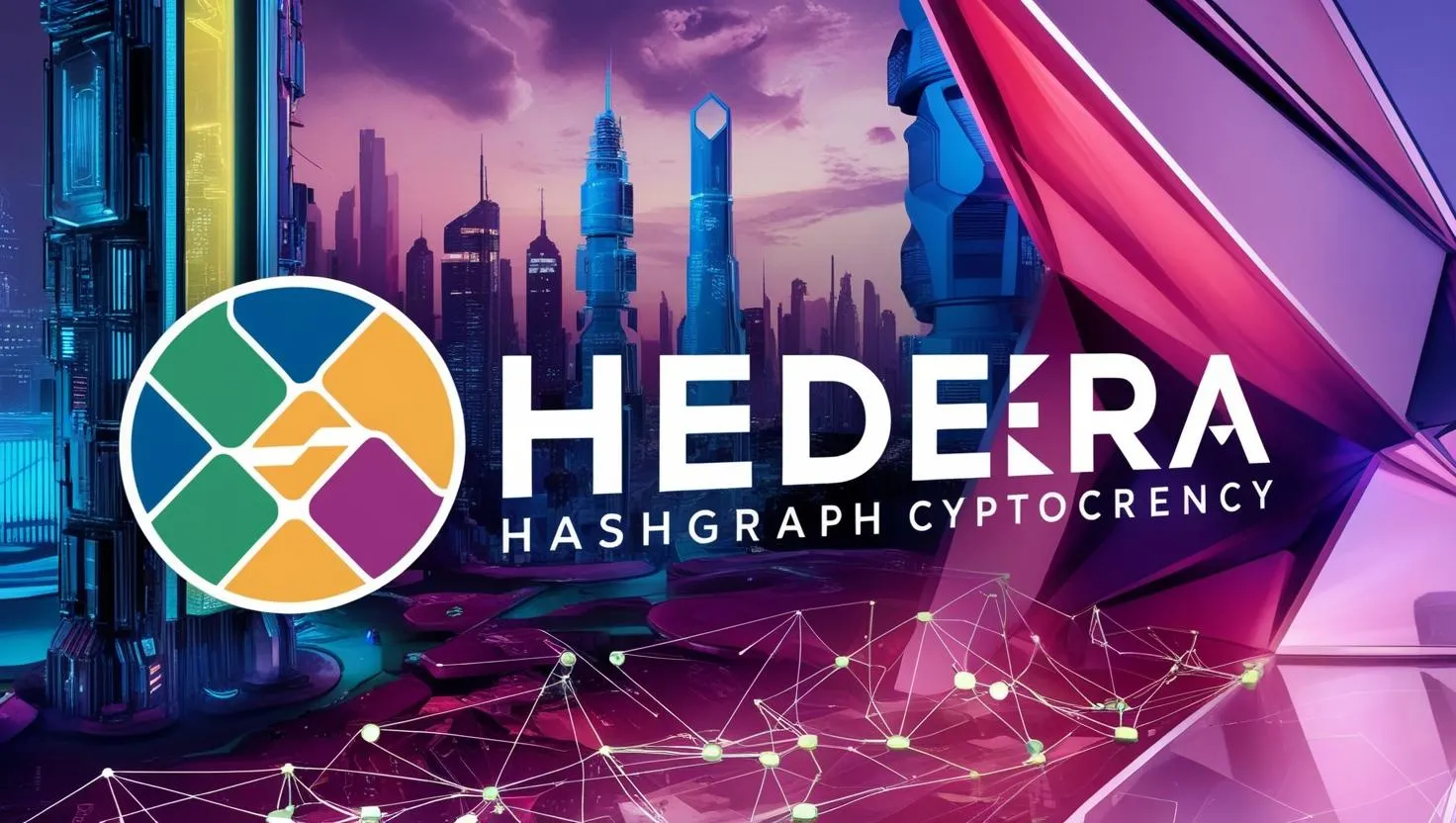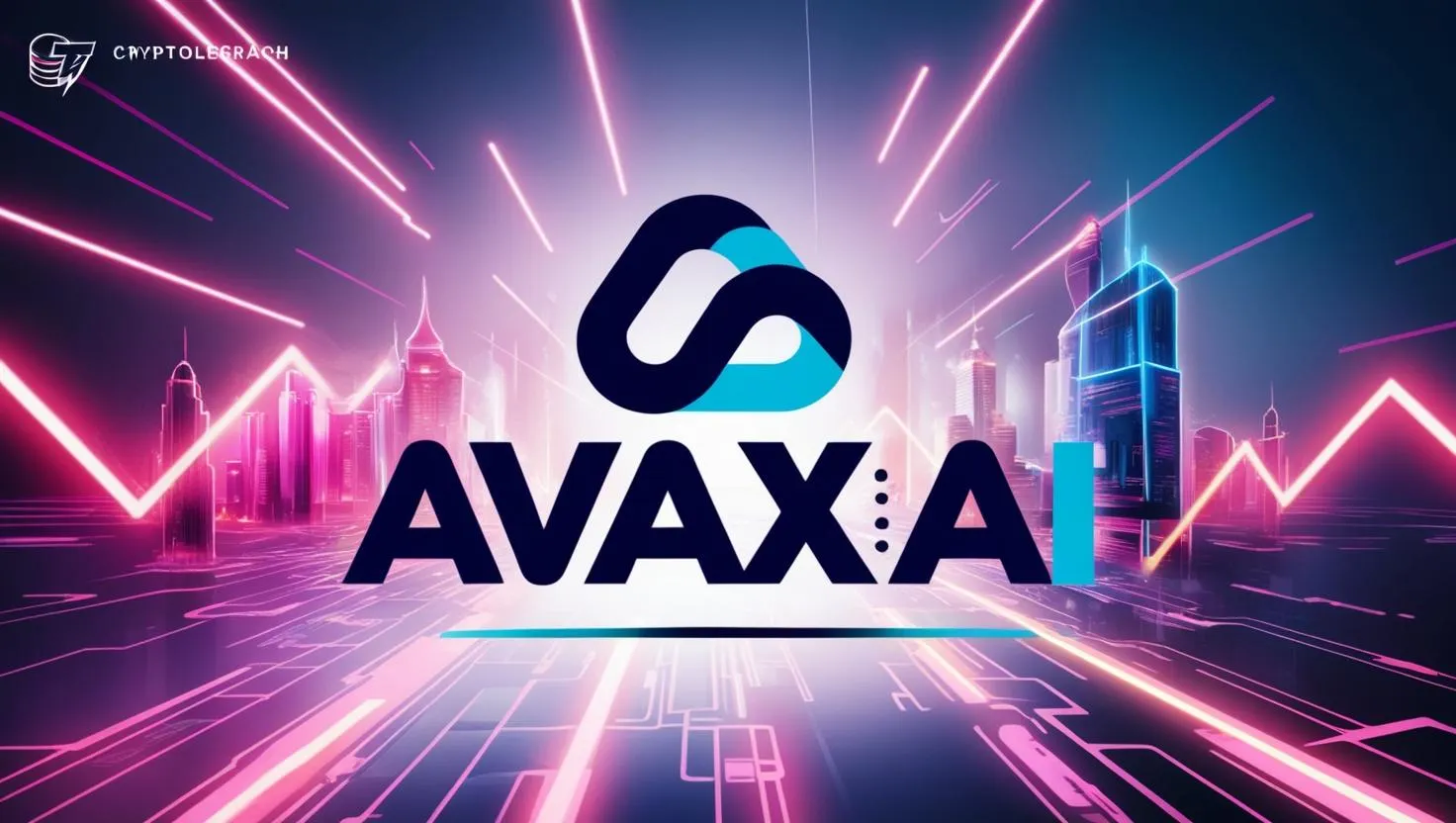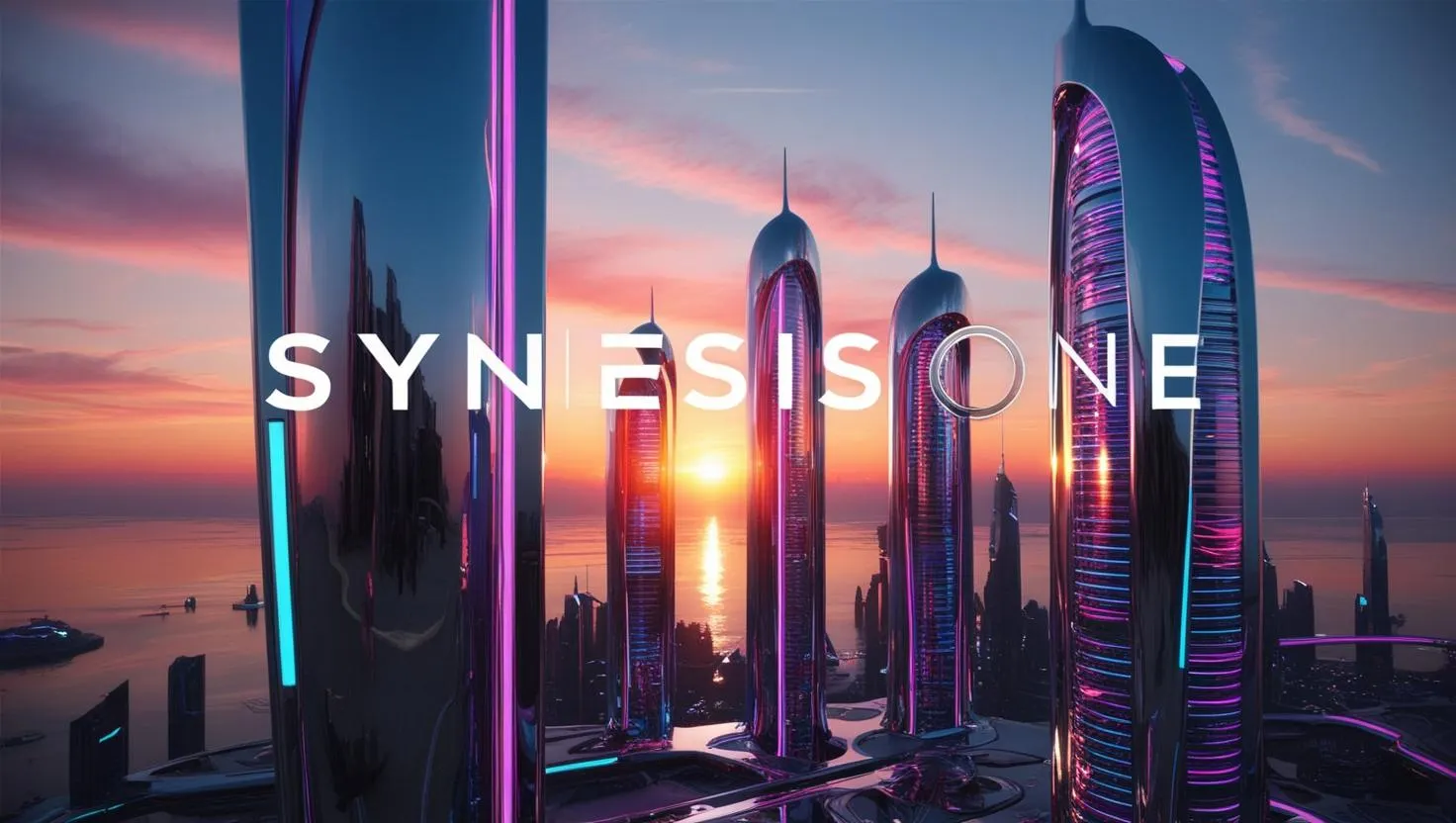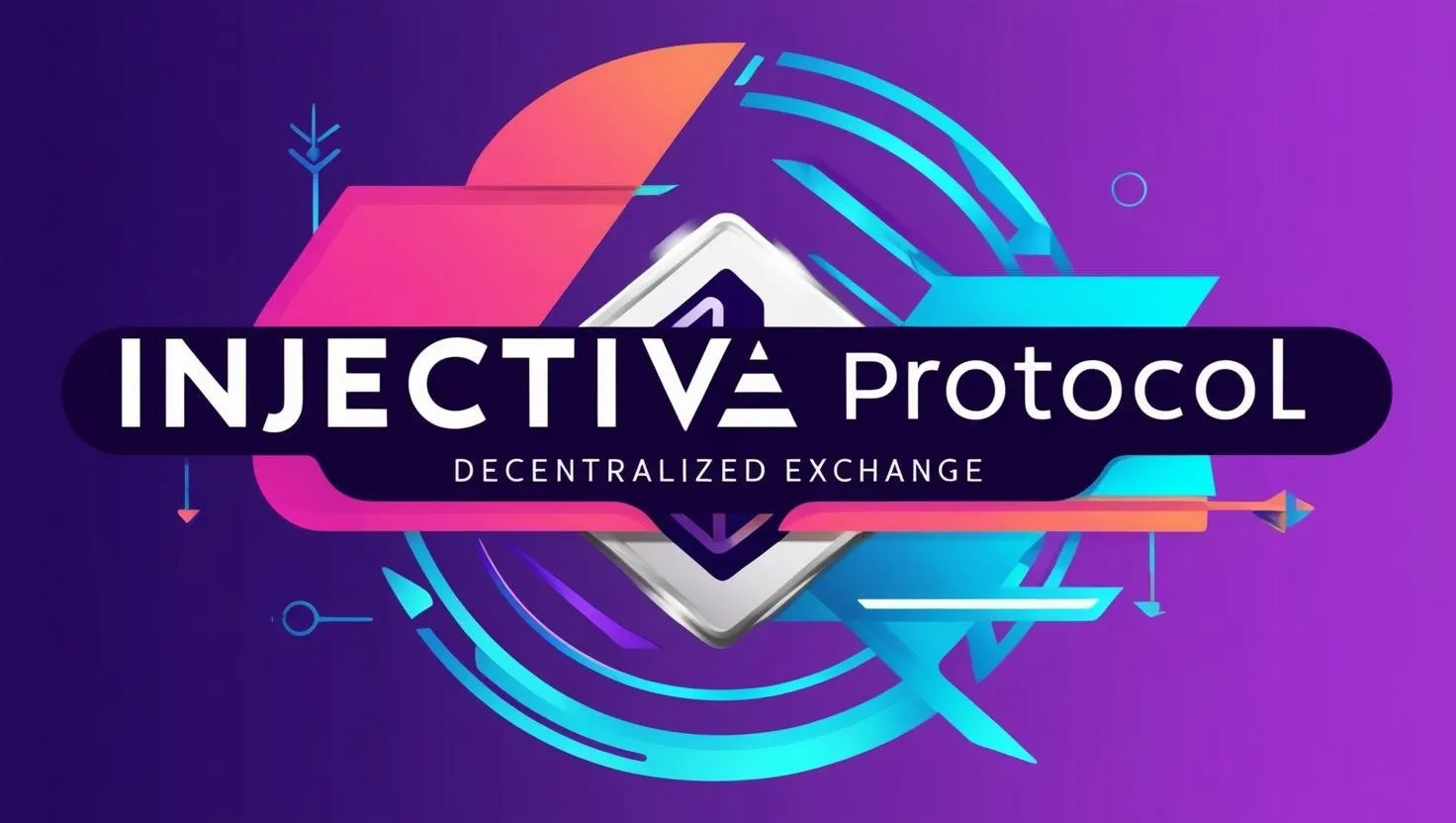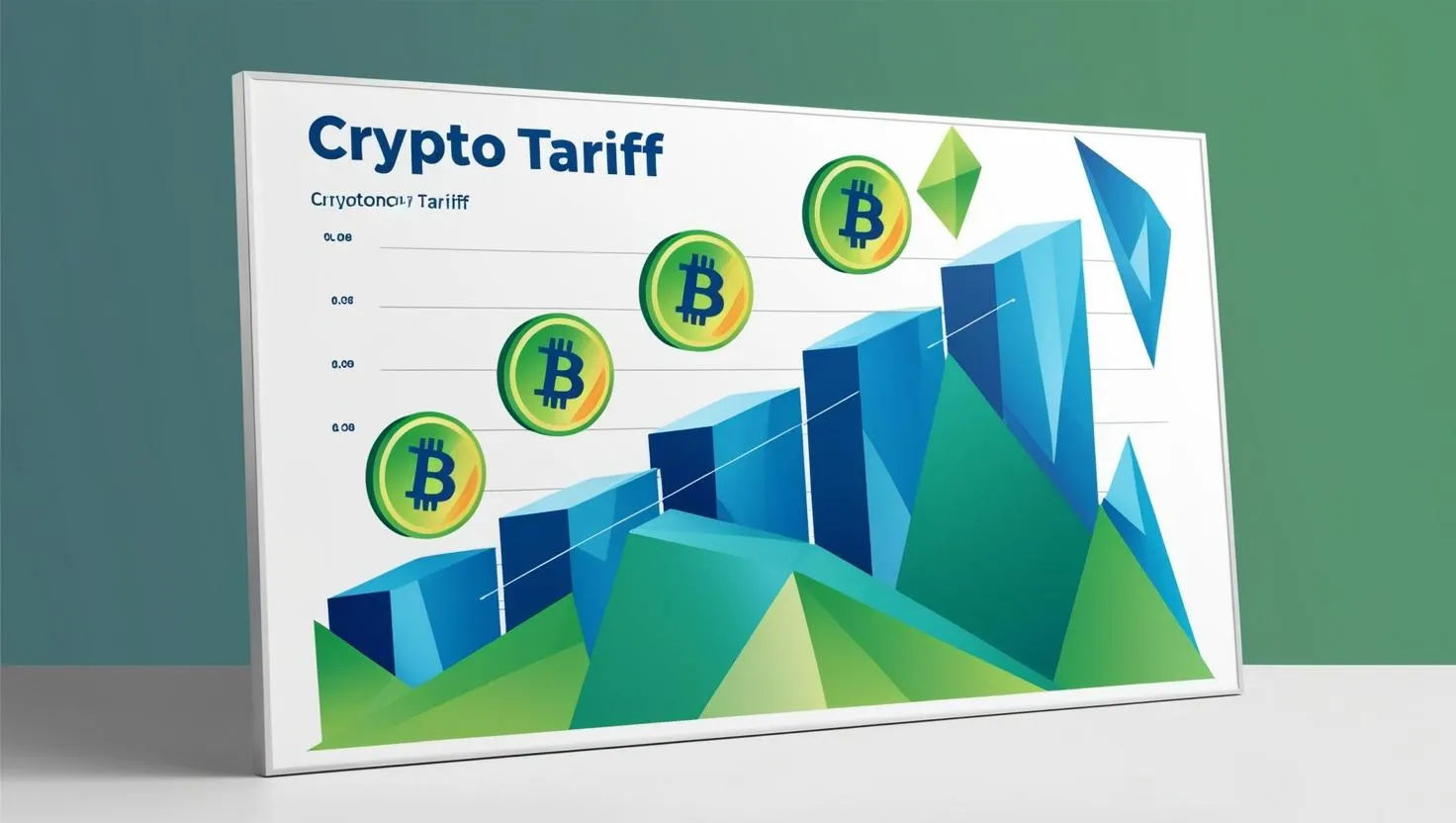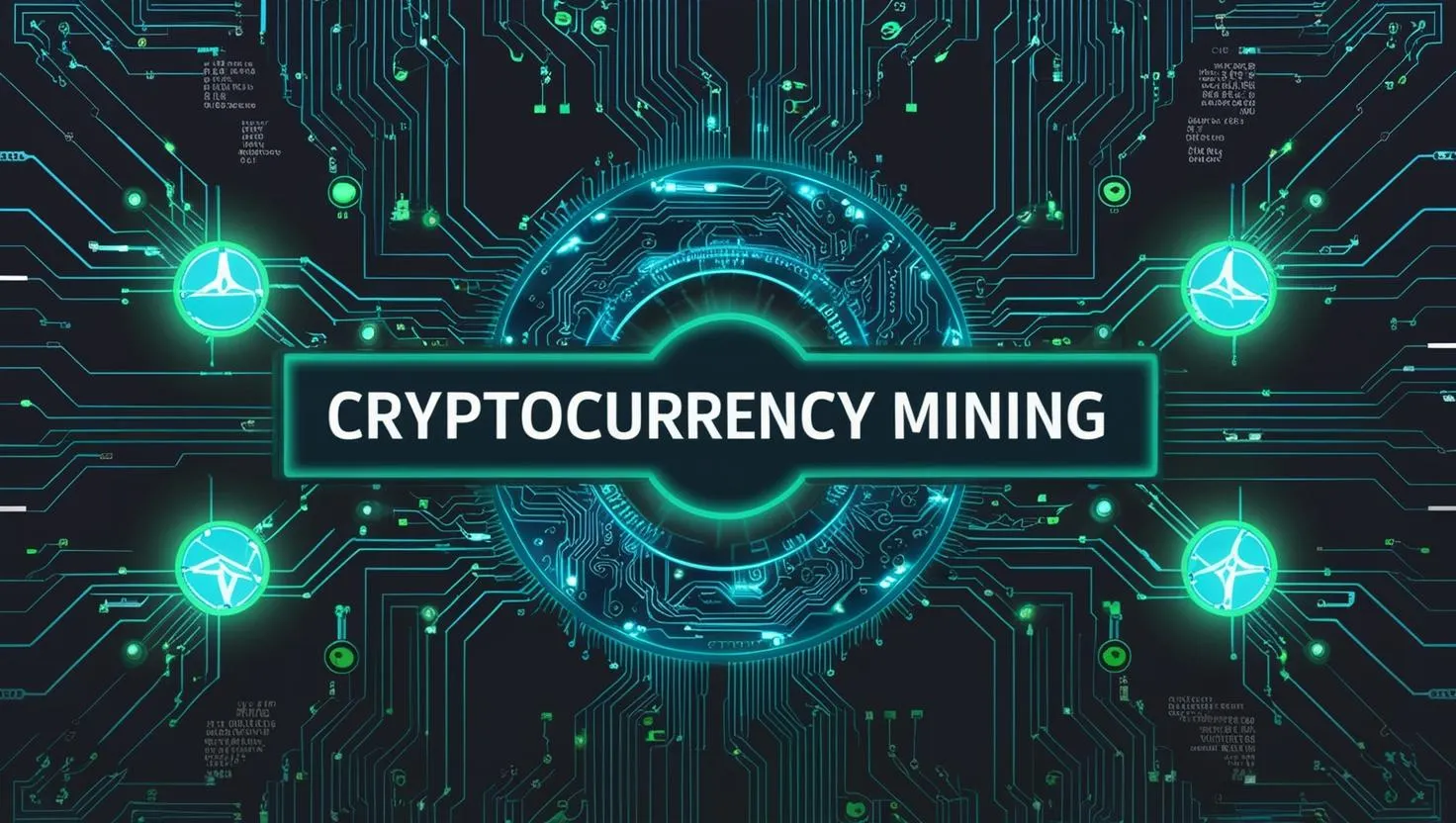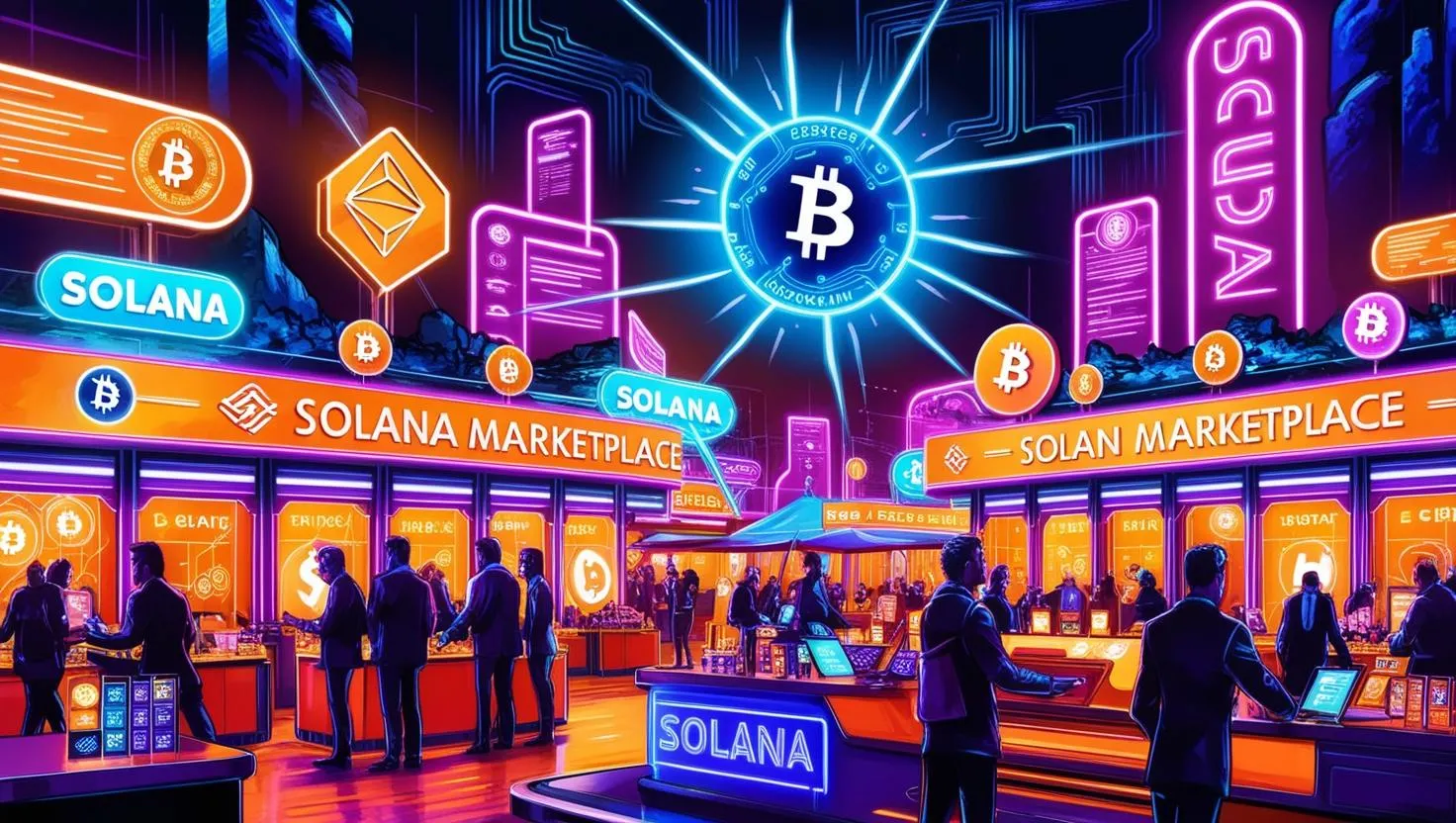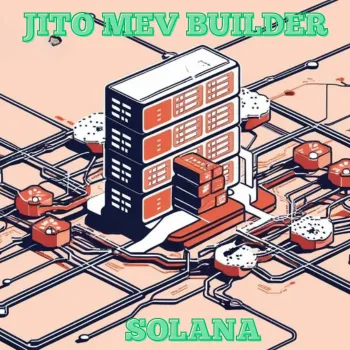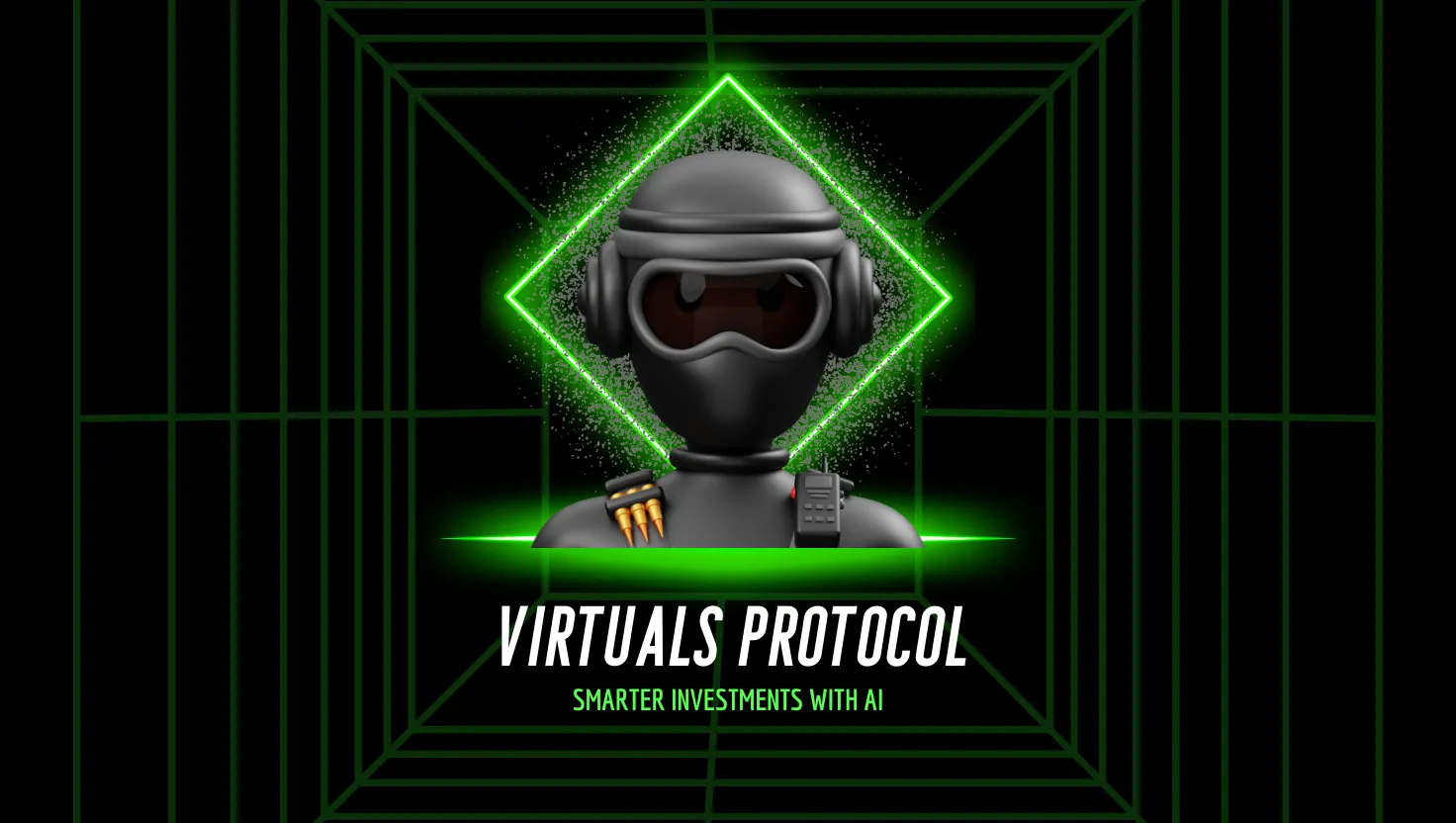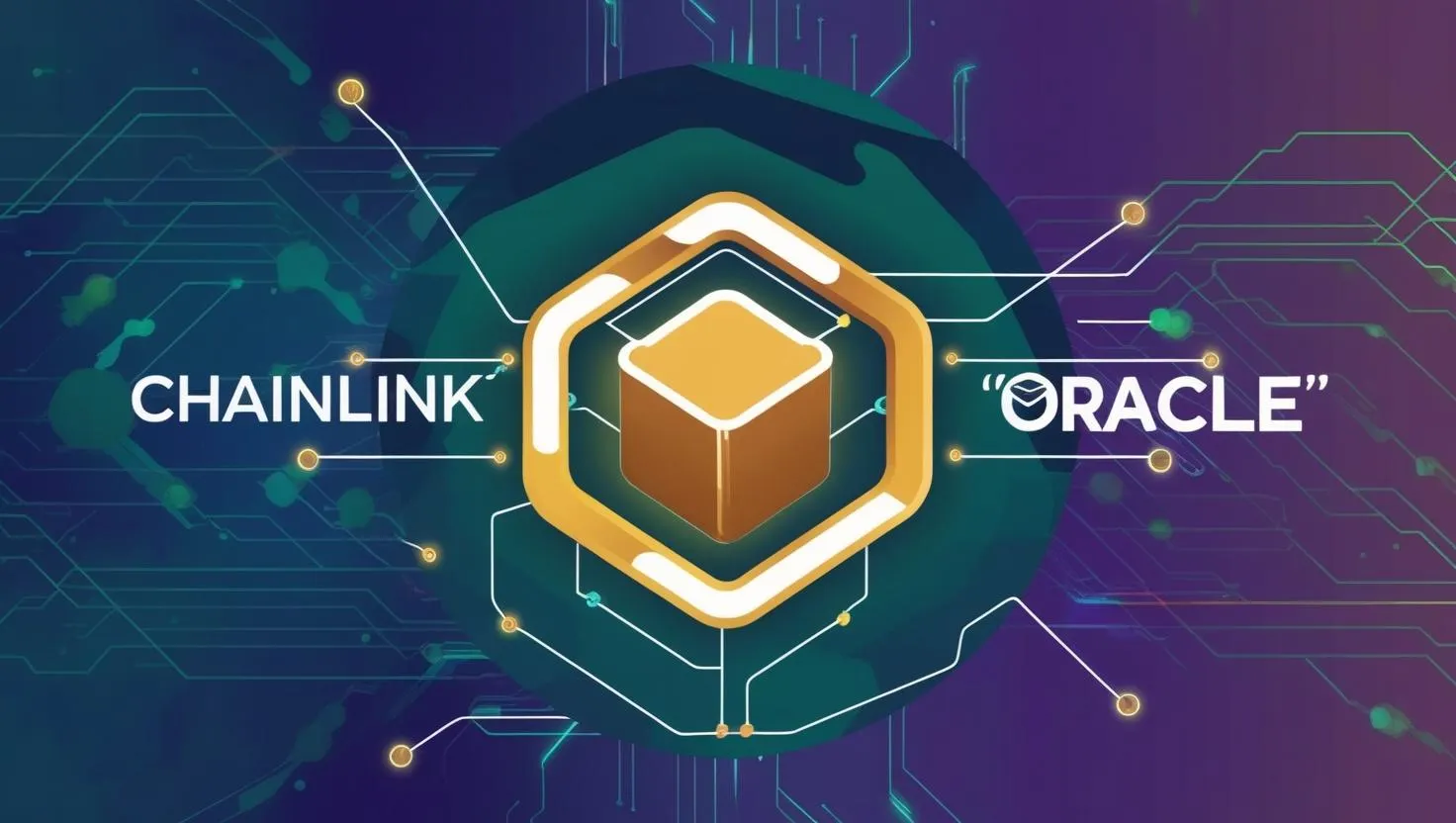Polygon Unleashed: The Layer 2 Powerhouse Revolutionizing Ethereum Scalability
Polygon, formerly known as Matic Network, is a Layer 2 scaling solution for Ethereum, designed to improve its scalability, speed, and usability while maintaining security and decentralization. It addresses Ethereum's limitations, such as high gas fees and slow transaction times, by providing a framework for building and connecting Ethereum-compatible blockchain networks. Let’s break down Polygon technology in detail.
Core Concept: Layer 2 Scaling
Ethereum, as a Layer 1 blockchain, processes transactions directly on its main chain. However, its capacity is limited (around 15-30 transactions per second), leading to congestion and high costs during peak usage. Polygon operates as a Layer 2 solution, meaning it processes transactions off-chain (or on sidechains) and then settles them on Ethereum’s Layer 1, reducing the load on the main network while leveraging Ethereum’s security.
Polygon achieves this through a combination of sidechains, rollups, and other scaling technologies, collectively referred to as the "Polygon ecosystem." It’s often described as a "commit chain" or "blockchain internet" because it enables the creation of interconnected networks tailored to specific needs.
Key Components of Polygon
- Polygon PoS (Proof of Stake) Chain
- This is the primary sidechain of Polygon, secured by a Proof of Stake (PoS) consensus mechanism.
- Validators stake MATIC tokens (Polygon’s native token) to secure the network and earn rewards.
- Transactions are processed quickly and cheaply on the PoS chain, and critical data is periodically checkpointed (committed) to Ethereum via a process called "plasma bridges."
- It’s EVM-compatible (Ethereum Virtual Machine), meaning developers can deploy Ethereum smart contracts on Polygon with minimal changes.
- Use case: Ideal for decentralized applications (dApps) like DeFi, NFTs, and gaming that require fast and low-cost transactions.
- Polygon SDK (Software Development Kit)
- A modular framework for developers to build their own blockchain networks that are interoperable with Ethereum.
- Developers can create standalone chains or secured chains (tied to Ethereum’s security) depending on their needs.
- Example: A gaming company might build a custom chain optimized for microtransactions using Polygon SDK.
- Polygon zkEVM (Zero-Knowledge Ethereum Virtual Machine)
- A newer addition to Polygon’s ecosystem, launched in 2023, zkEVM uses zero-knowledge proofs (a cryptographic method) to enhance scalability and privacy.
- It’s a rollup solution that batches hundreds or thousands of transactions off-chain, computes them, and submits a single proof to Ethereum for verification.
- Benefits: Lower costs, faster finality, and compatibility with Ethereum’s tooling.
- Use case: High-throughput applications requiring strong security guarantees.
- Polygon Plasma
- Based on the Plasma framework, this is an earlier scaling solution that allows for off-chain transaction processing with periodic settlement on Ethereum.
- It uses "exit mechanisms" to let users withdraw funds to Ethereum if needed, ensuring security.
- While still supported, Plasma is less prominent now due to the rise of rollups like zkEVM.
- Polygon Avail
- A standalone data availability solution that separates transaction data storage from execution, allowing blockchains to scale more efficiently.
- It’s designed to work with rollups and other Layer 2 systems, ensuring data is accessible without overloading Ethereum.
- Polygon Miden
- An experimental zk-rollup project focused on privacy and advanced smart contract functionality using STARKs (Scalable Transparent Arguments of Knowledge).
- Still in development, it aims to push the boundaries of what’s possible with zero-knowledge technology.
How Polygon Works
Polygon’s architecture revolves around a hub-and-spoke model:
- Ethereum acts as the secure hub (Layer 1).
- Polygon chains (PoS, zkEVM, etc.) are the spokes, processing transactions independently but anchoring to Ethereum for final settlement and security.
Here’s a simplified workflow for the PoS chain:
- Users interact with dApps on Polygon (e.g., swapping tokens on a decentralized exchange).
- Transactions are processed on the Polygon PoS chain by validators, with fees paid in MATIC.
- Batches of transactions are periodically checkpointed to Ethereum via the Polygon bridge.
- Ethereum verifies the checkpoint, ensuring the integrity of Polygon’s transactions.
For zkEVM, the process involves:
- Transactions are executed off-chain.
- A zero-knowledge proof is generated to confirm the validity of the transaction batch.
- The proof is submitted to Ethereum, which verifies it without needing to reprocess every transaction.
Technical Advantages
- Scalability: Polygon PoS can handle thousands of transactions per second (TPS), compared to Ethereum’s 15-30 TPS. zkEVM further boosts this with rollup efficiency.
- Low Costs: Gas fees on Polygon are a fraction of Ethereum’s, often less than $0.01 per transaction.
- Security: By anchoring to Ethereum, Polygon inherits its robust security model.
- Interoperability: Polygon networks can communicate with each other and Ethereum, fostering a cohesive ecosystem.
- Developer-Friendly: EVM compatibility means developers can use familiar tools like Solidity, Remix, and MetaMask.
The Role of MATIC Token
- Governance: MATIC holders can vote on protocol upgrades and changes.
- Staking: Validators and delegators stake MATIC to secure the PoS chain.
- Fees: MATIC is used to pay transaction fees on Polygon networks.
- Note: With Polygon’s evolution into a broader ecosystem, the token’s role may adapt as new chains like zkEVM gain prominence.
Use Cases
- DeFi: Platforms like Aave, Curve, and QuickSwap use Polygon for fast, cheap transactions.
- NFTs: OpenSea and other marketplaces leverage Polygon for minting and trading NFTs with low fees.
- Gaming: Games like Axie Infinity and Decentraland benefit from Polygon’s high throughput for in-game transactions.
- Enterprise: Companies can build custom blockchains for supply chain tracking, payments, etc., using Polygon SDK.
Challenges and Limitations
- Centralization Concerns: The PoS chain relies on a smaller set of validators compared to Ethereum, raising questions about decentralization (though still more decentralized than many alternatives).
- Complexity: The variety of solutions (PoS, zkEVM, Plasma) can confuse developers and users about which to use.
- Competition: Polygon competes with other Layer 2 solutions like Arbitrum, Optimism, and zkSync, as well as Layer 1 alternatives like Solana and Avalanche.
Future Outlook
Polygon is positioning itself as a cornerstone of Ethereum’s scaling ecosystem. With the launch of zkEVM and ongoing research into projects like Miden, it’s embracing cutting-edge cryptography to stay competitive. As Ethereum transitions to Ethereum 2.0 and beyond, Polygon aims to remain a key player by offering a suite of tools that cater to diverse needs—from simple dApps to complex, privacy-focused applications.
In summary, Polygon technology is a multifaceted scaling solution that enhances Ethereum’s capabilities through sidechains, rollups, and developer tools. It’s a bridge between Ethereum’s security and the demands of a high-performance blockchain world, making it a vital part of the Web3 landscape.

